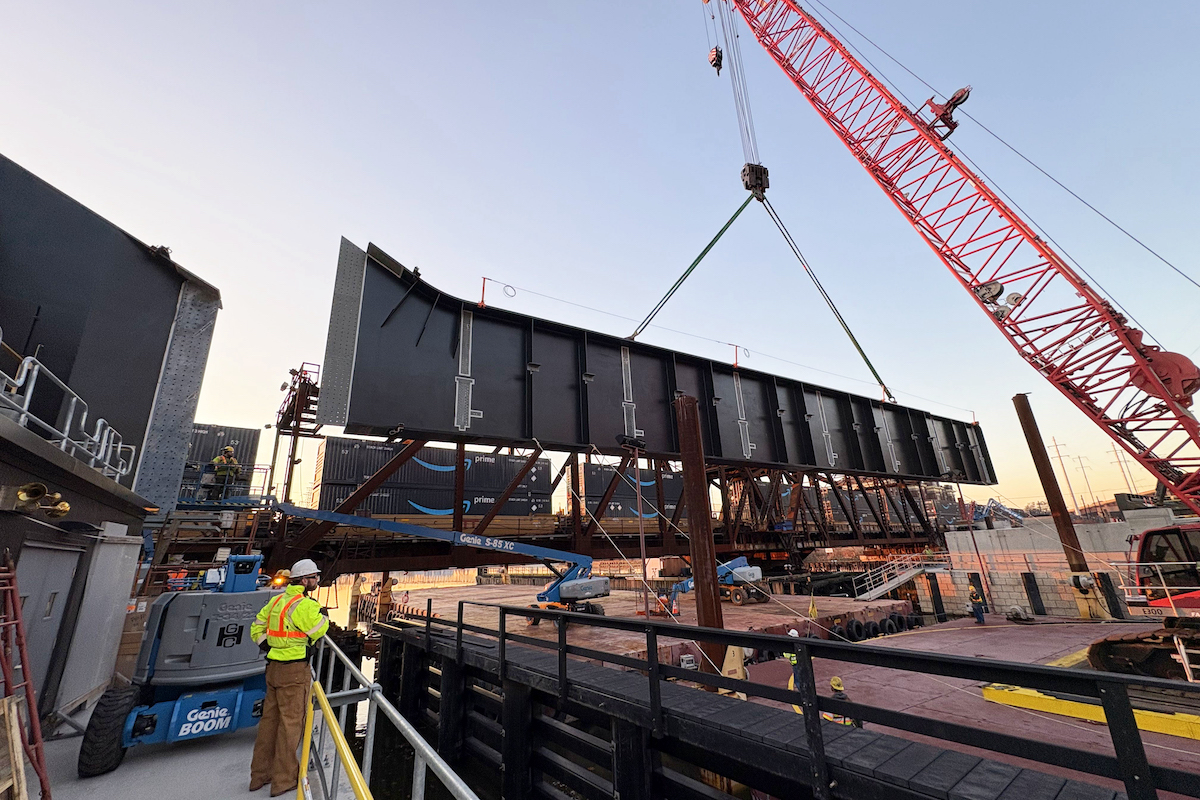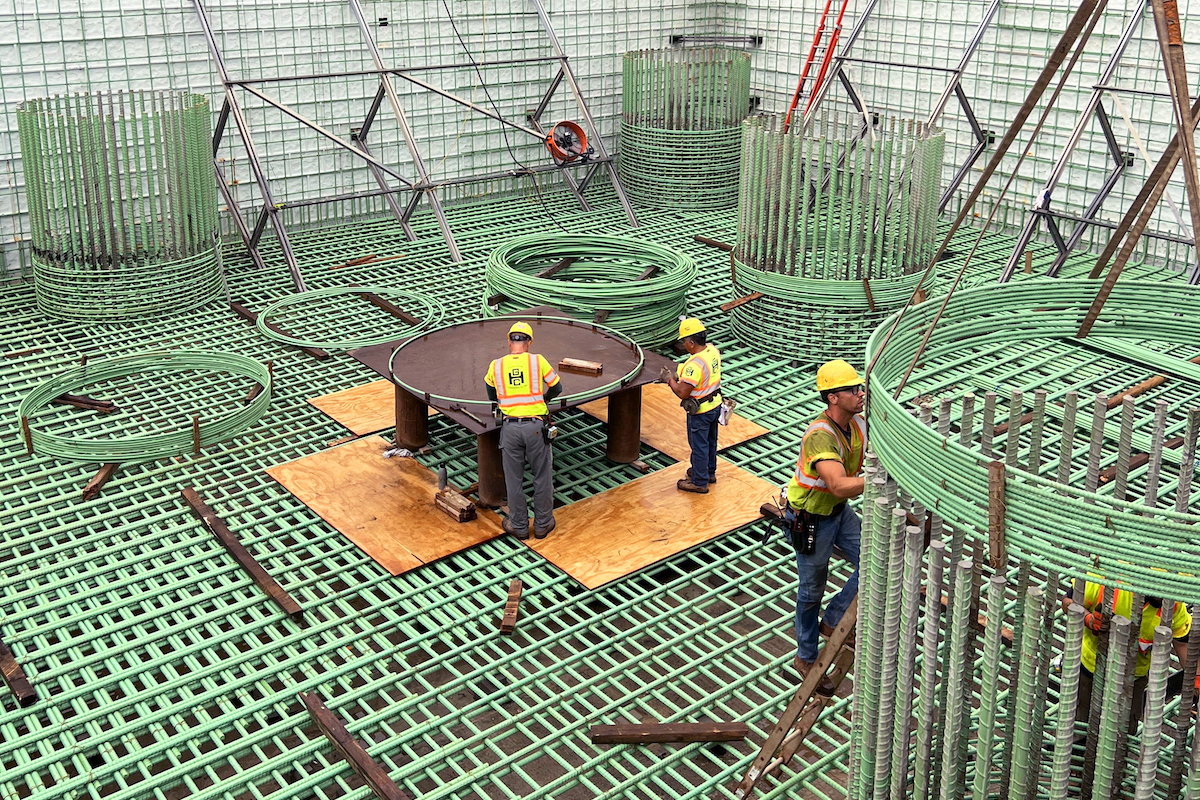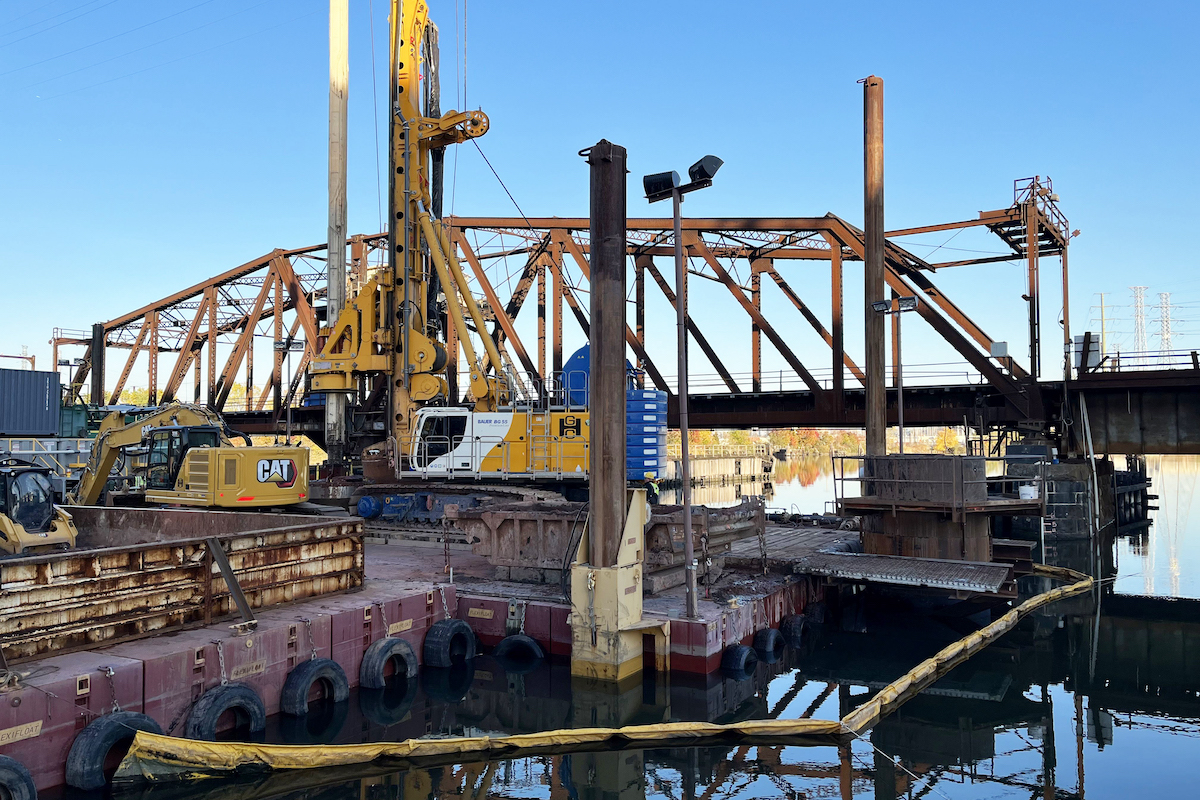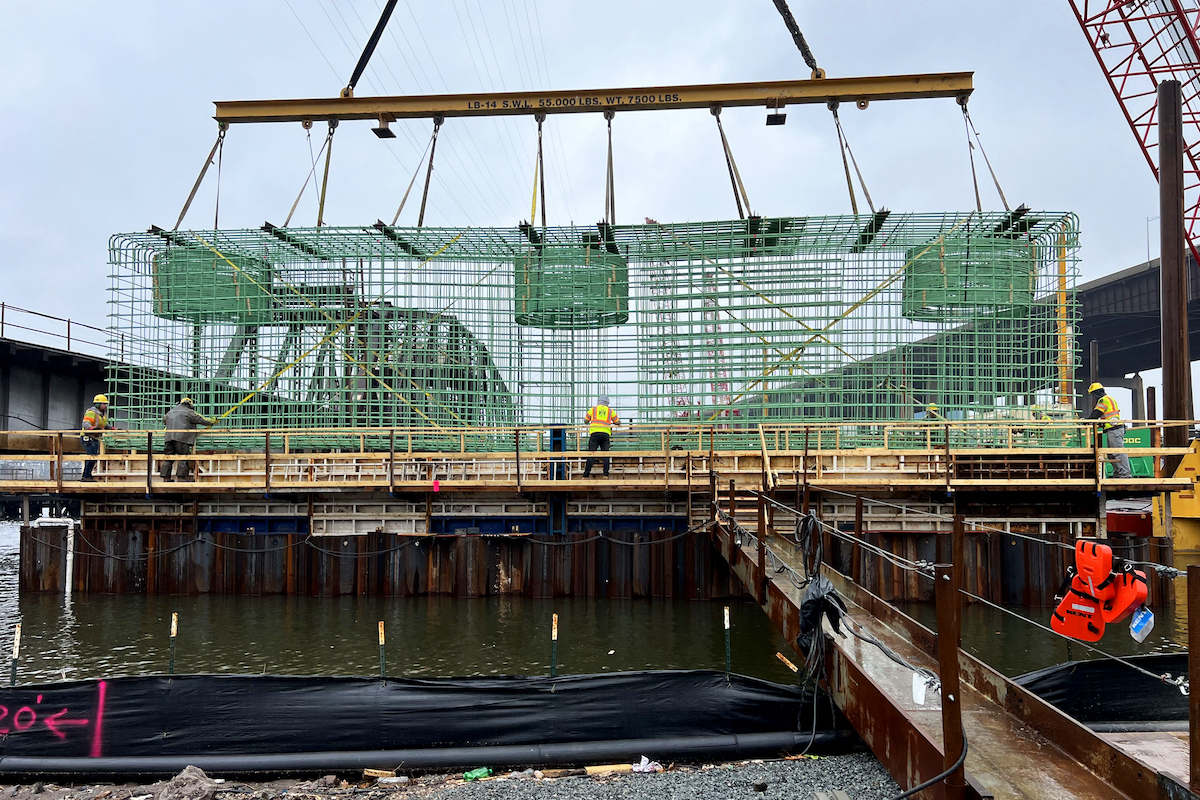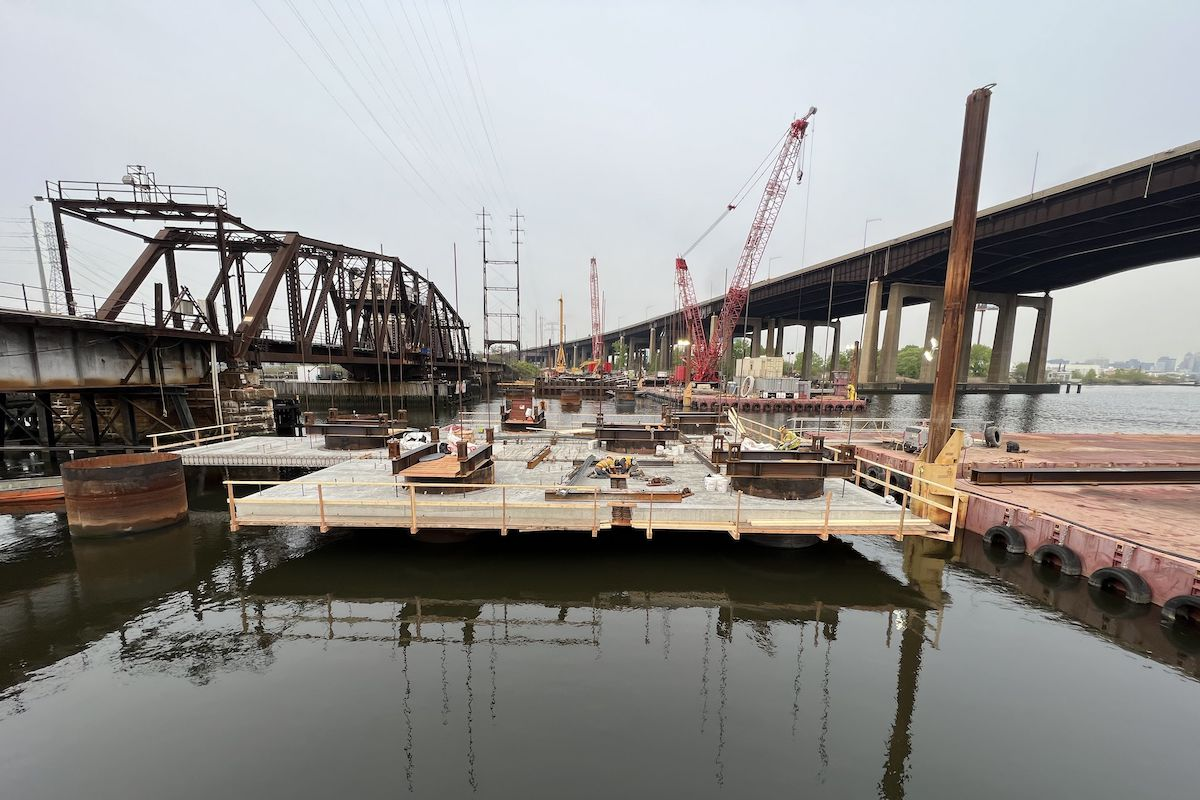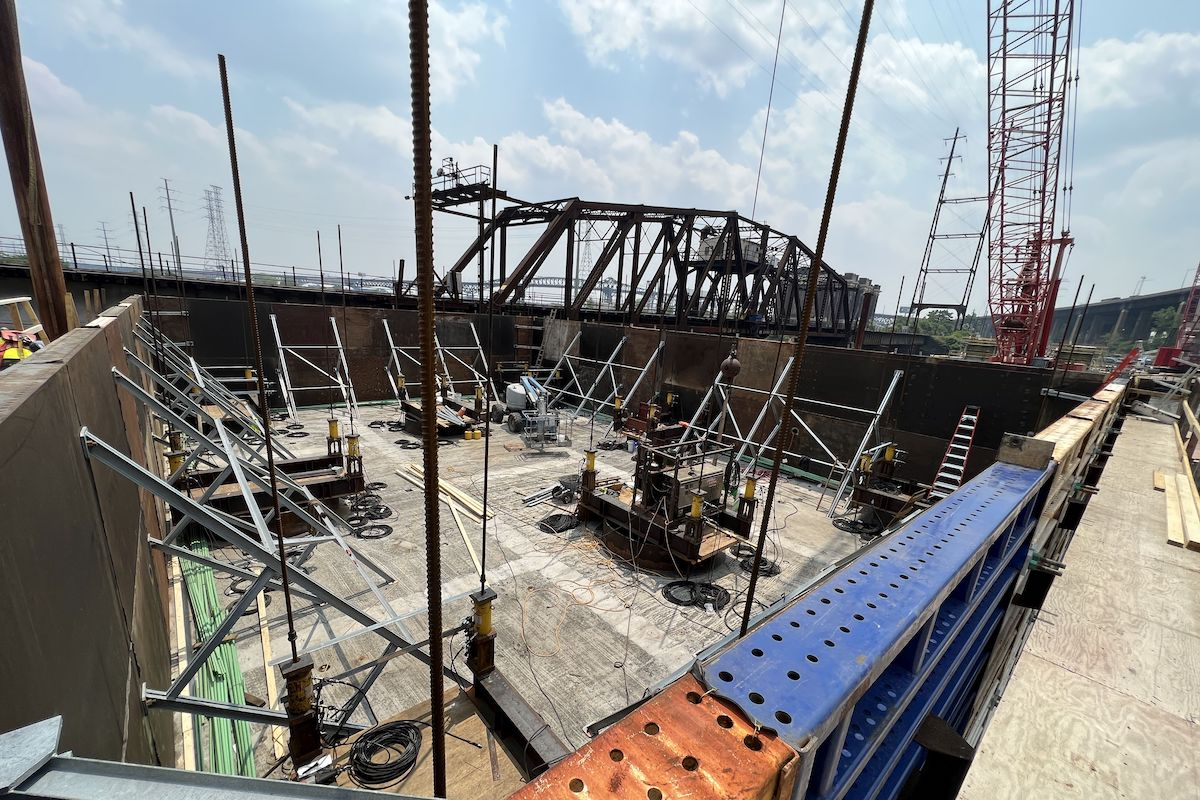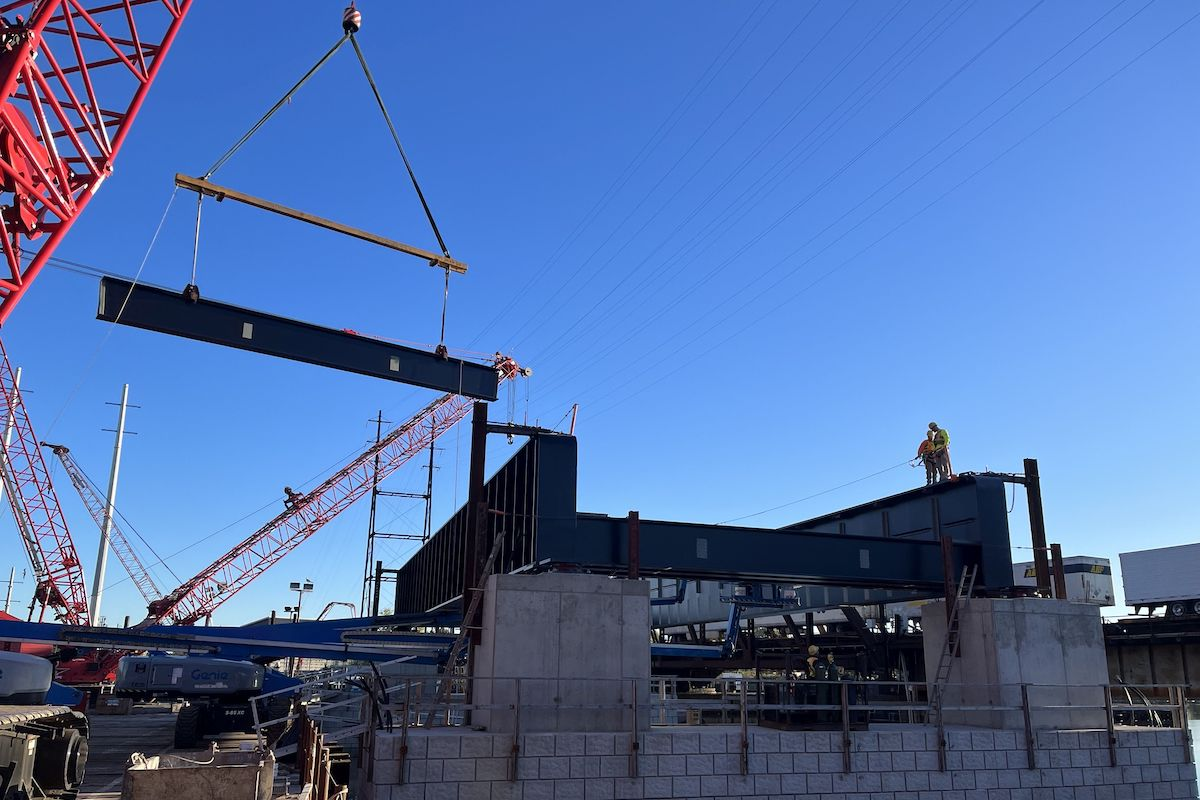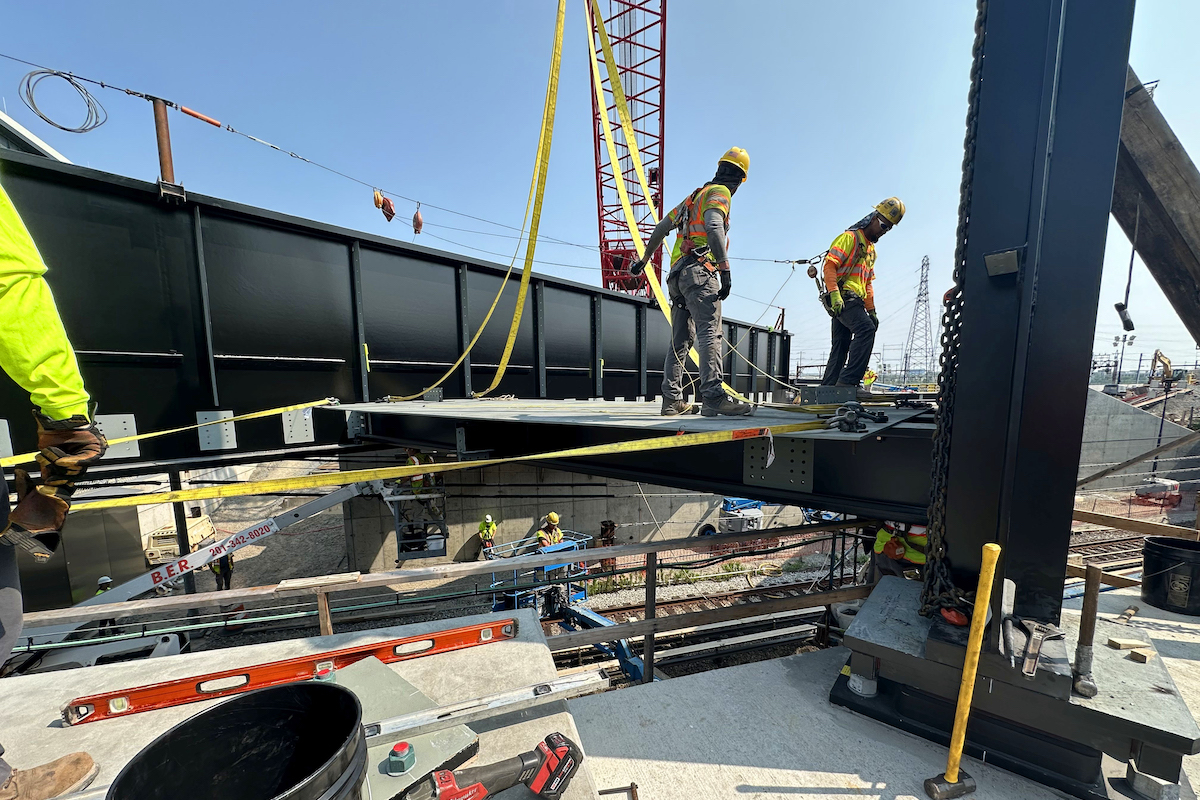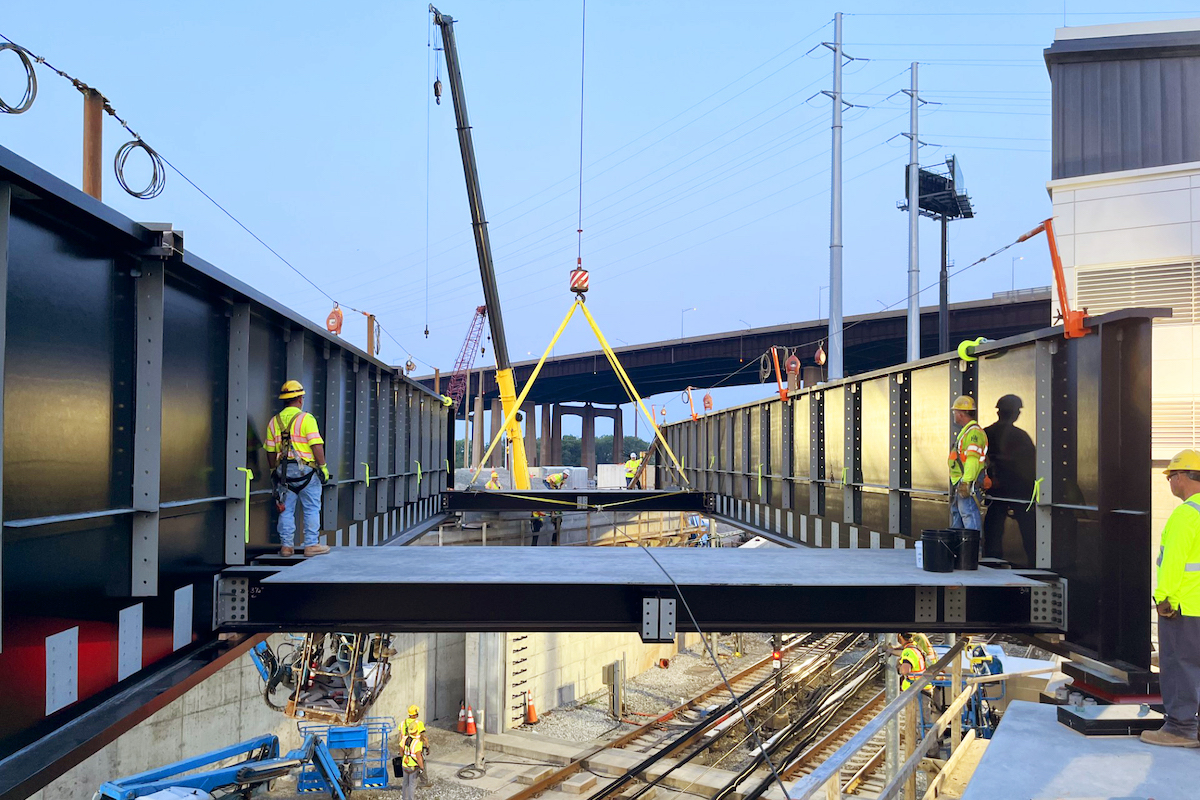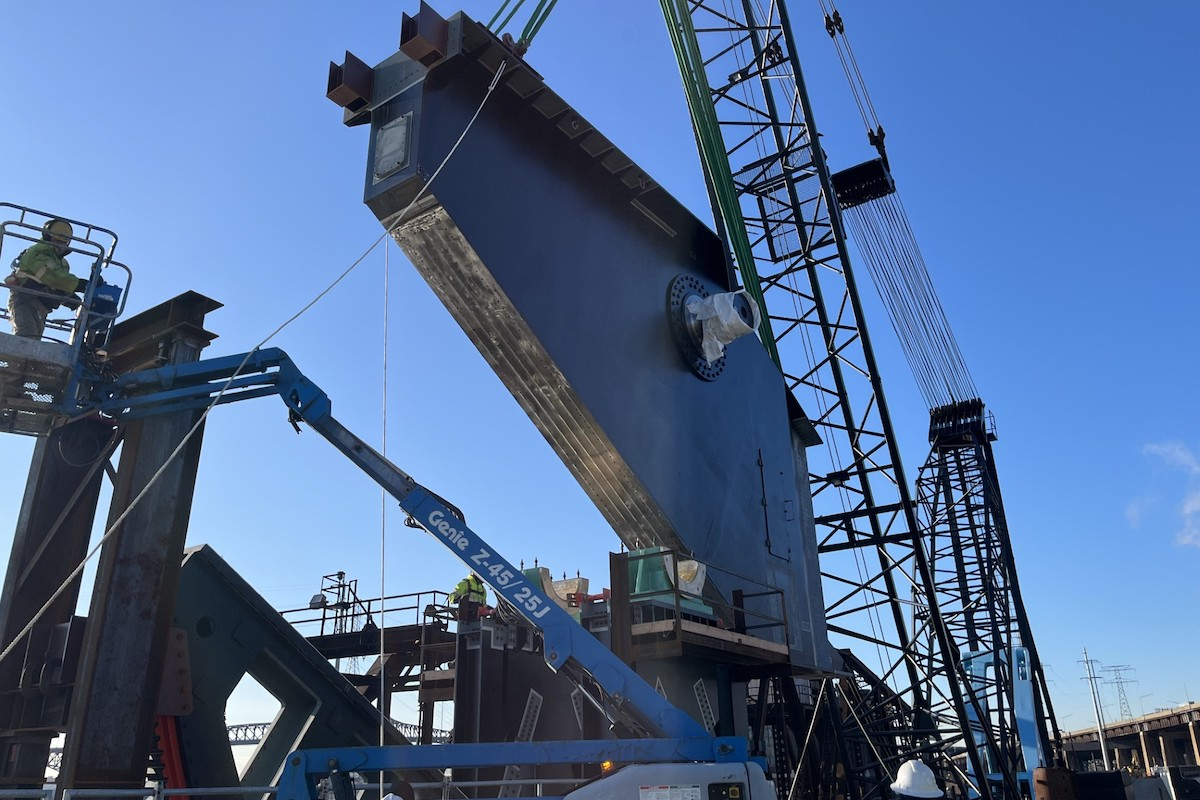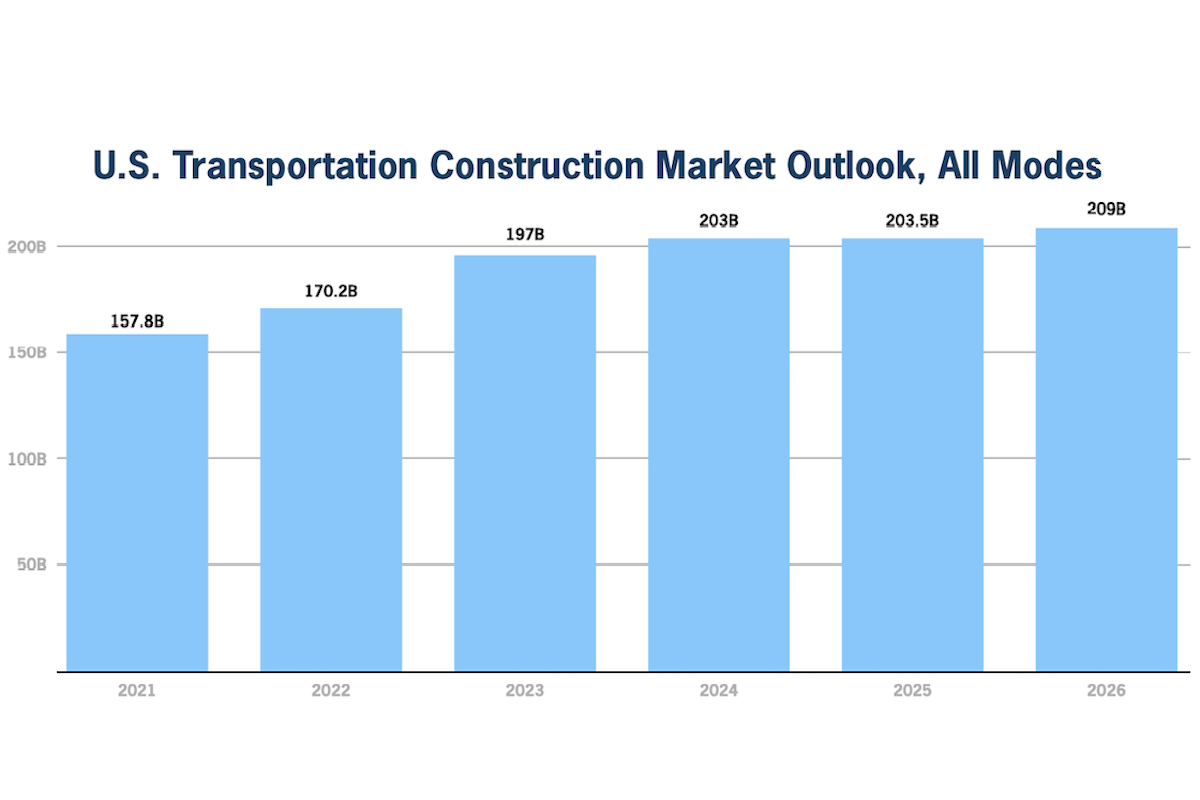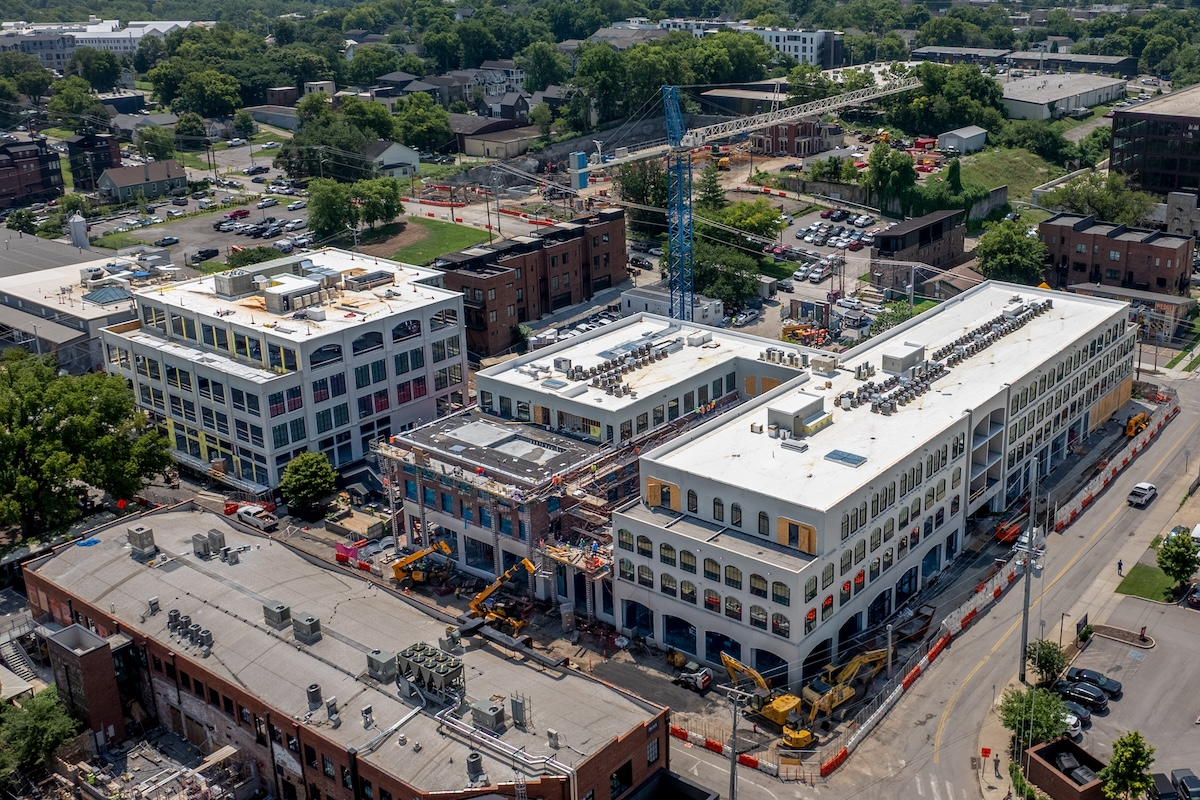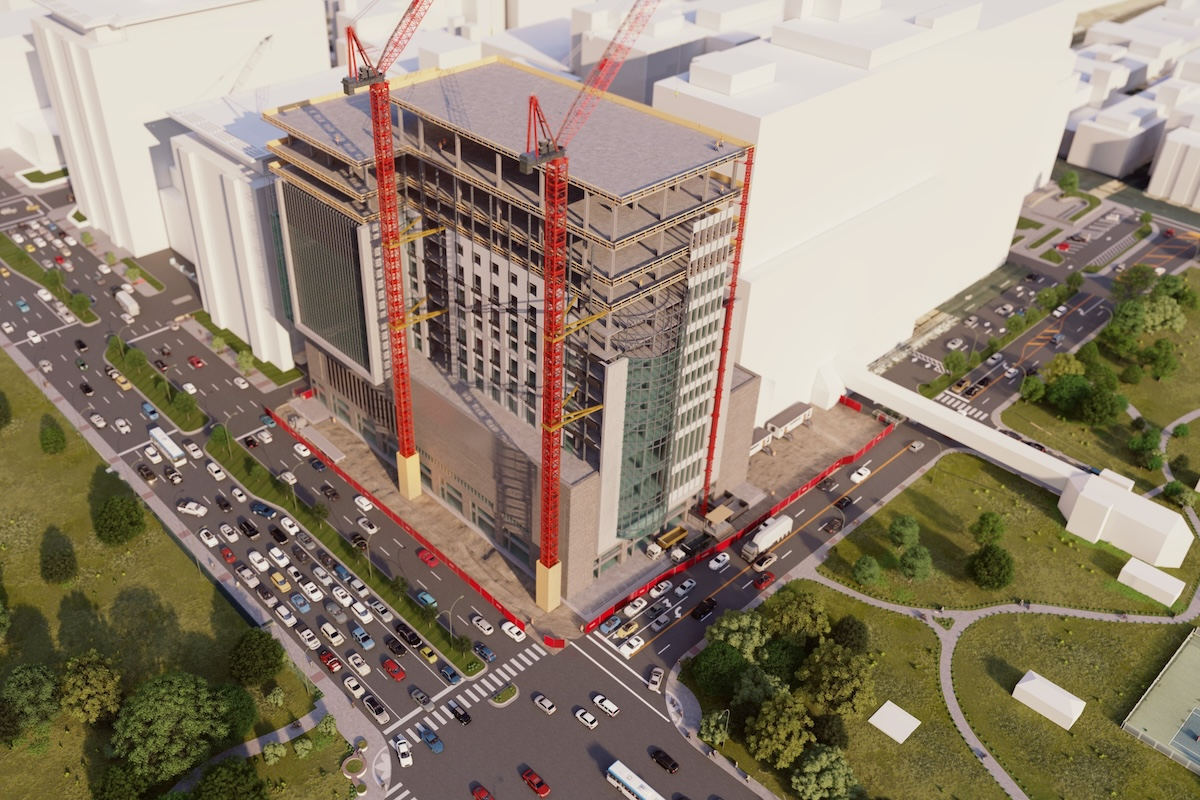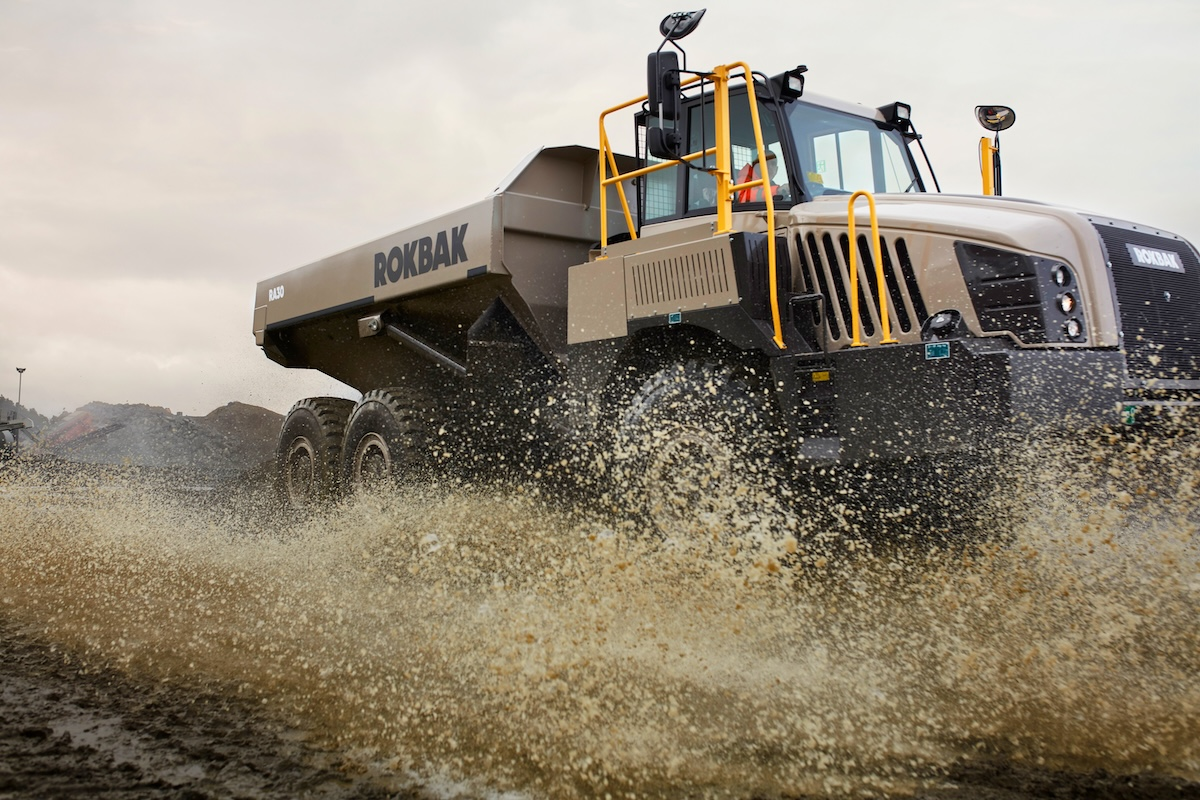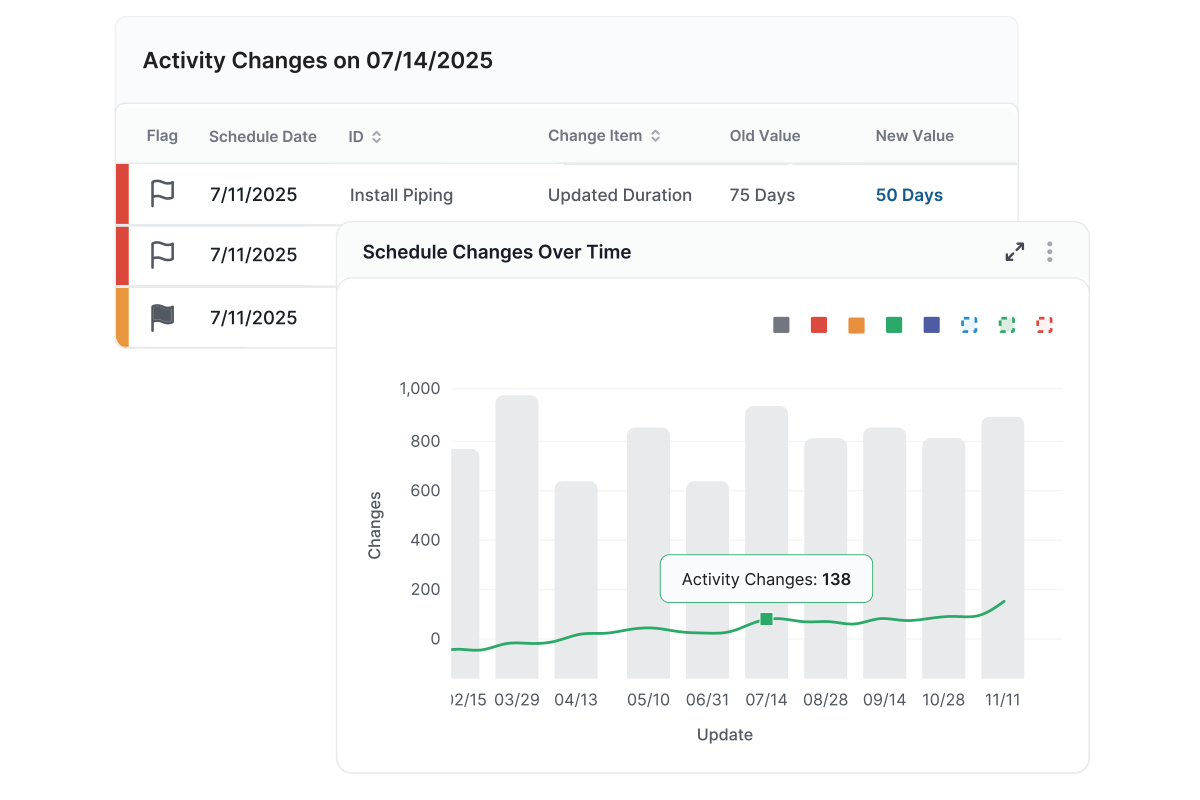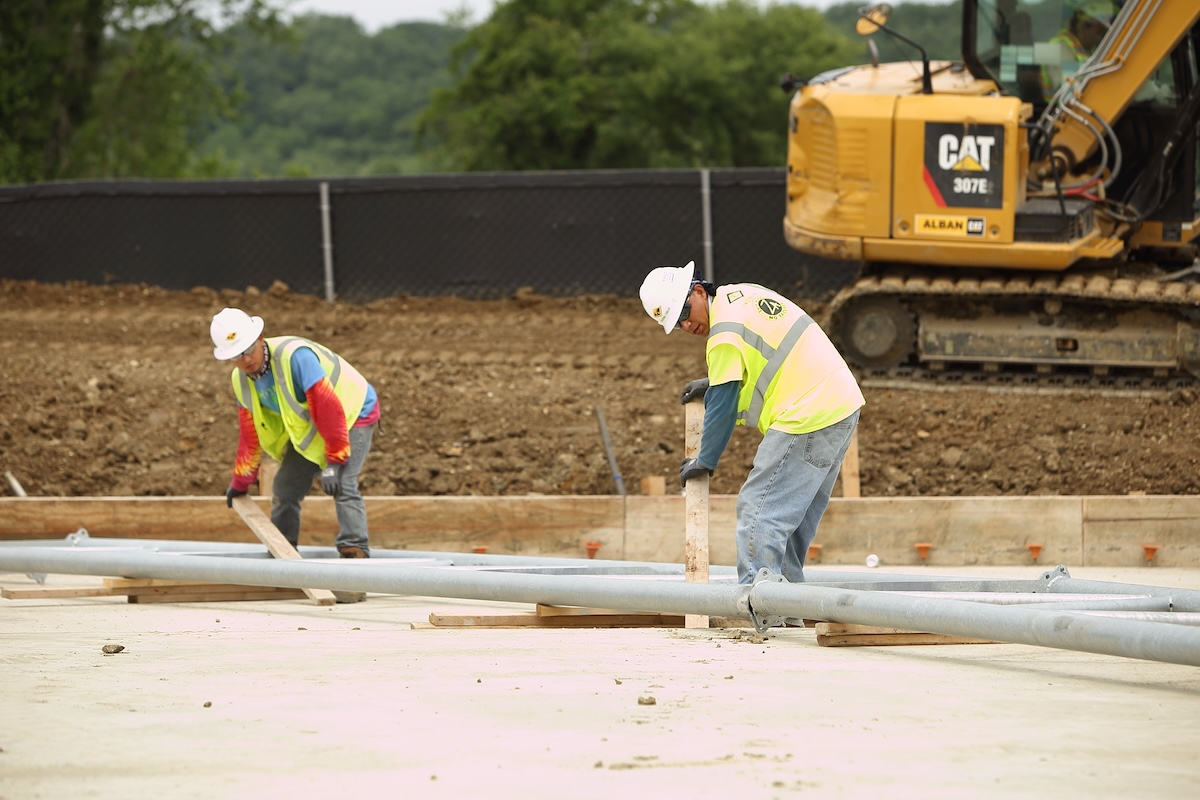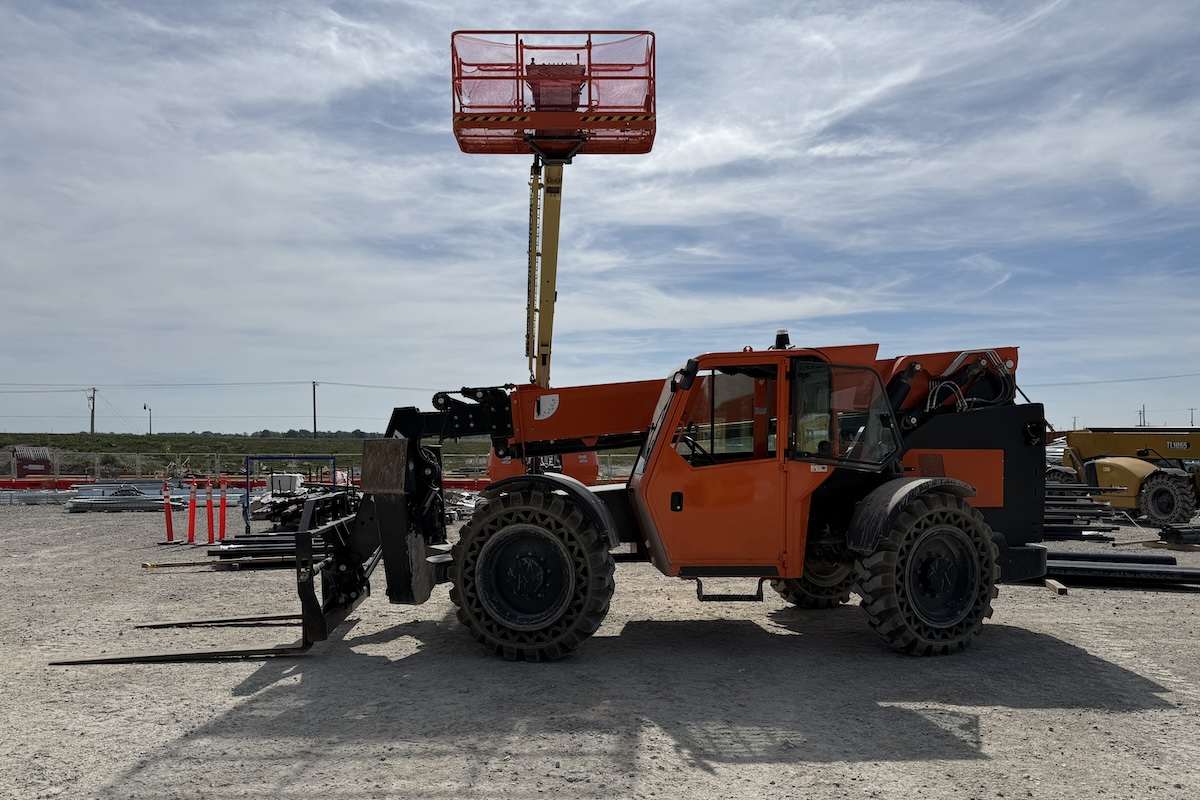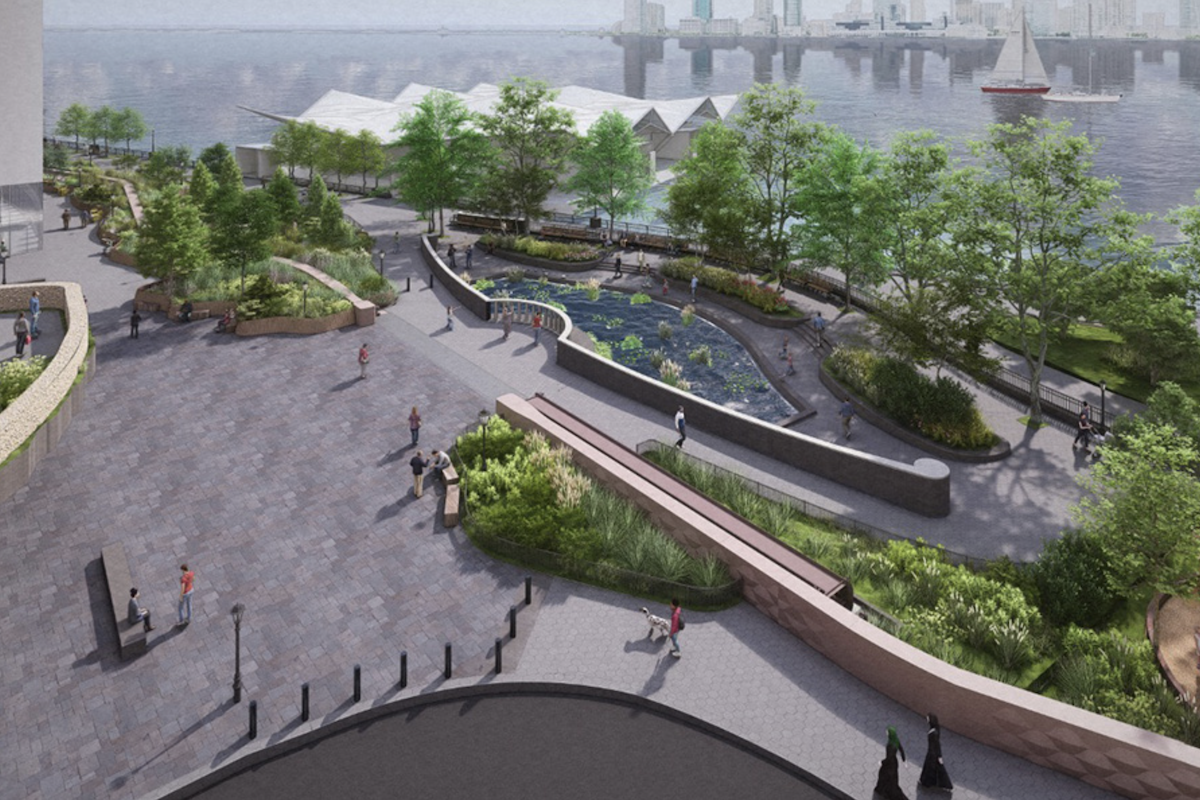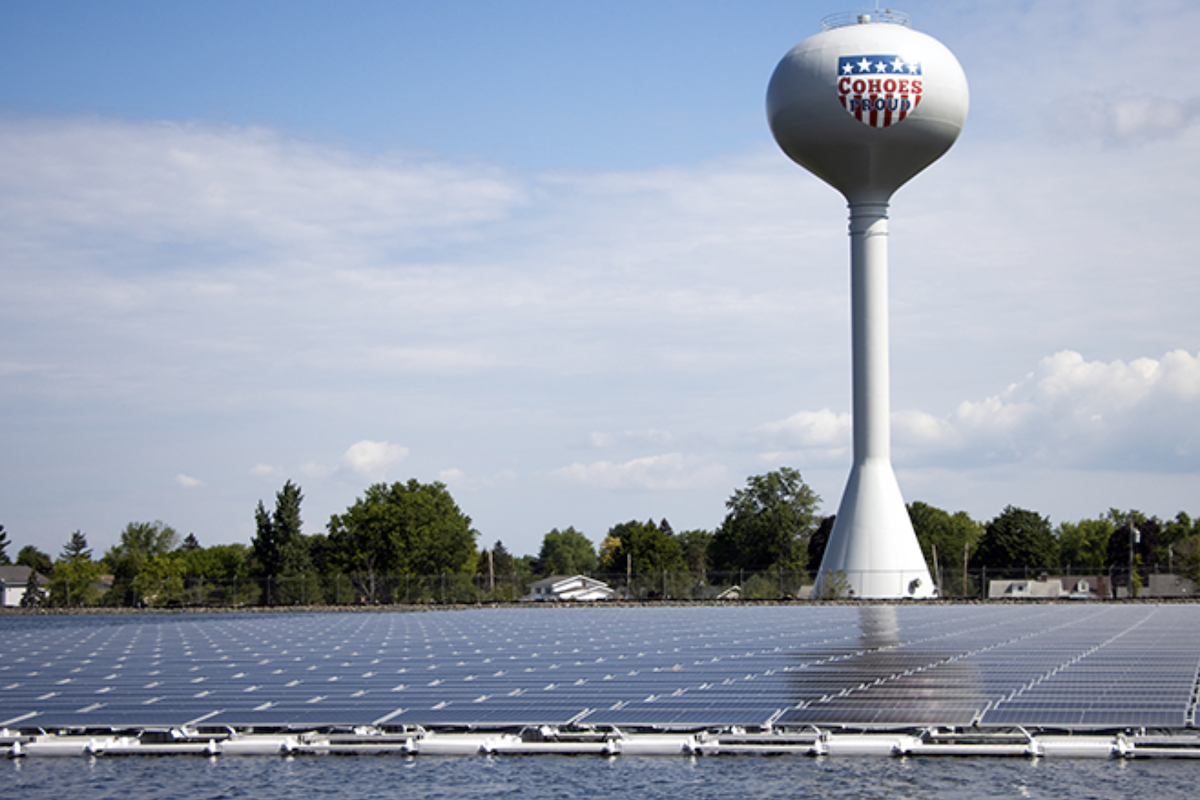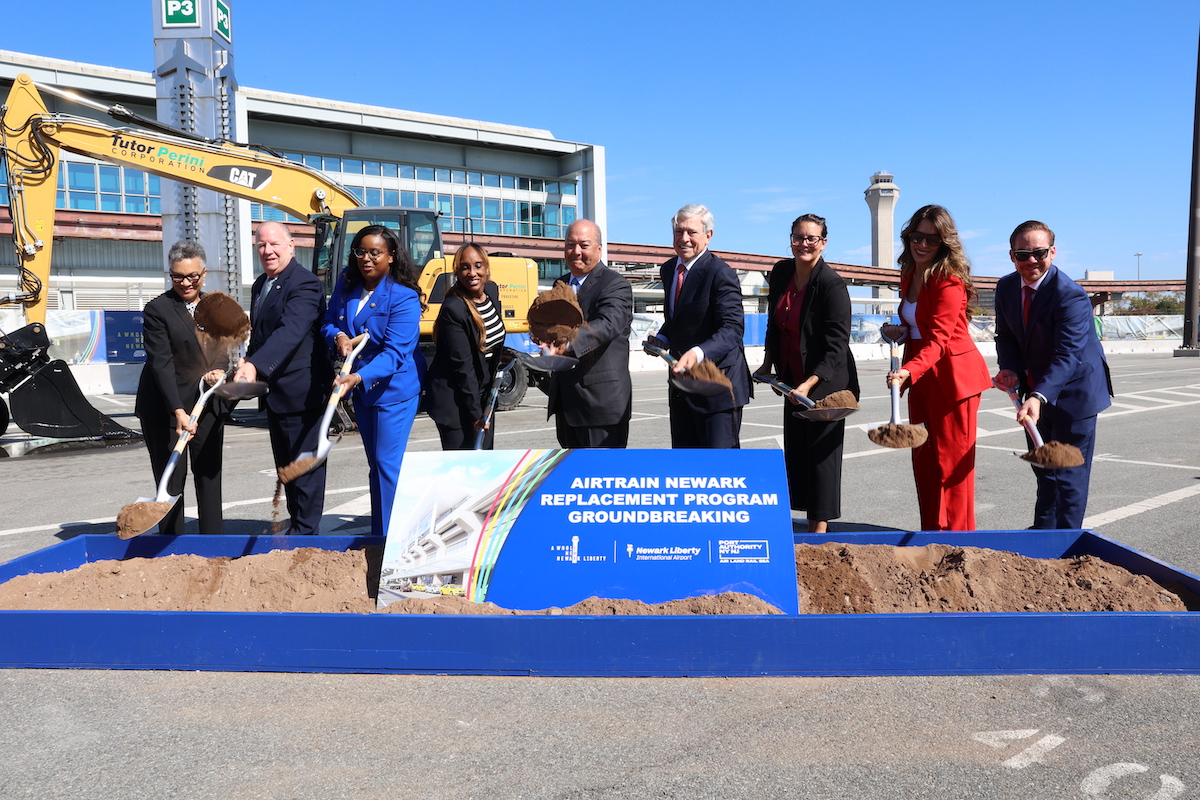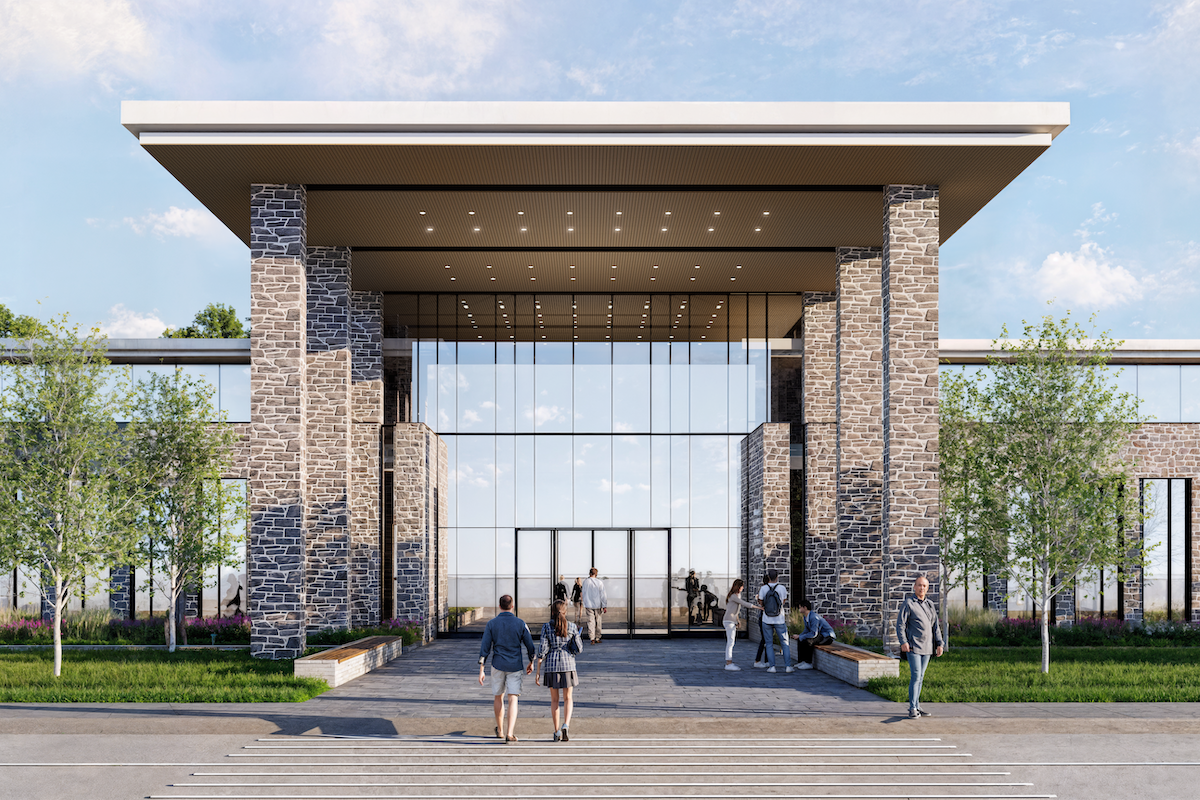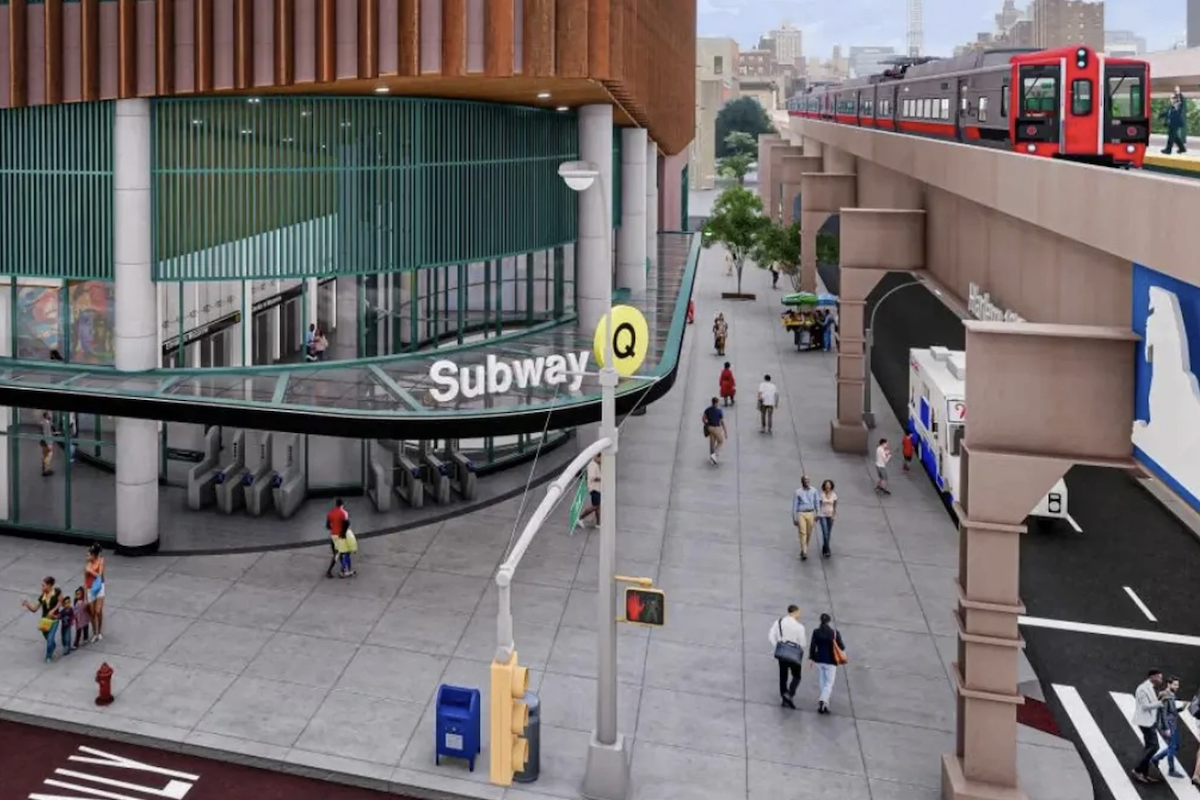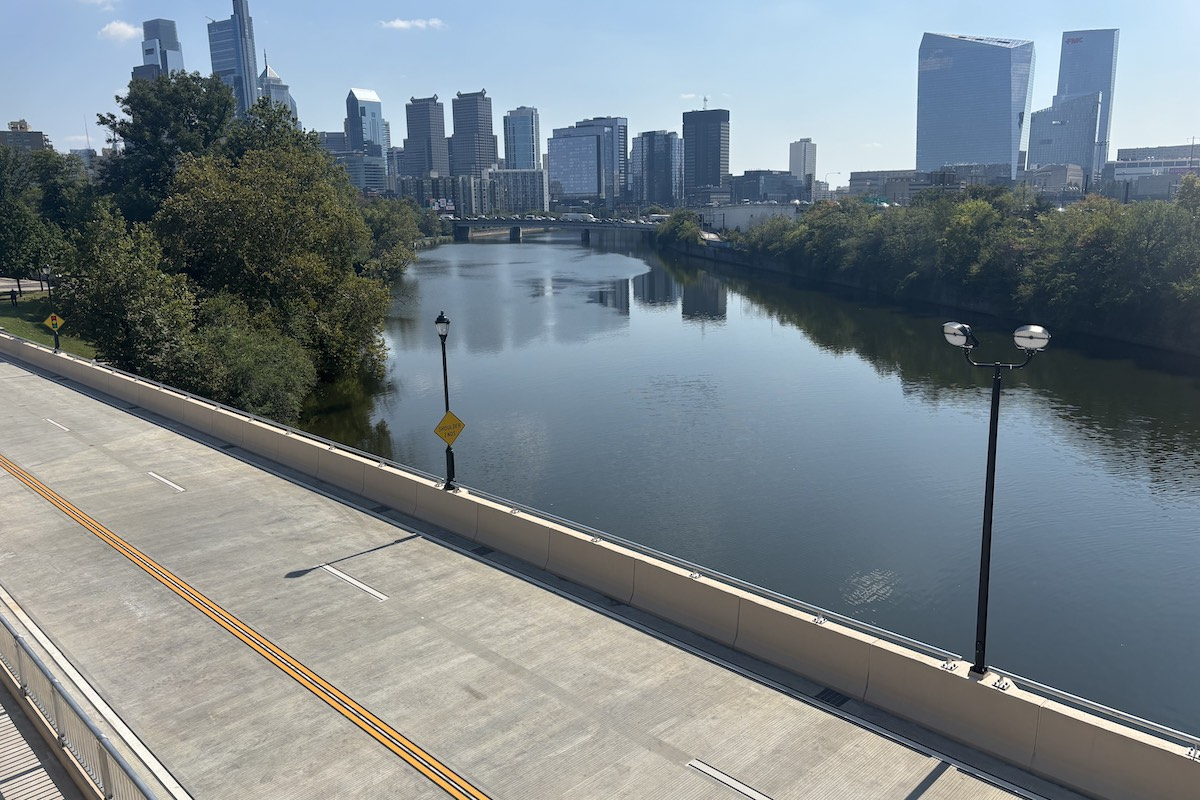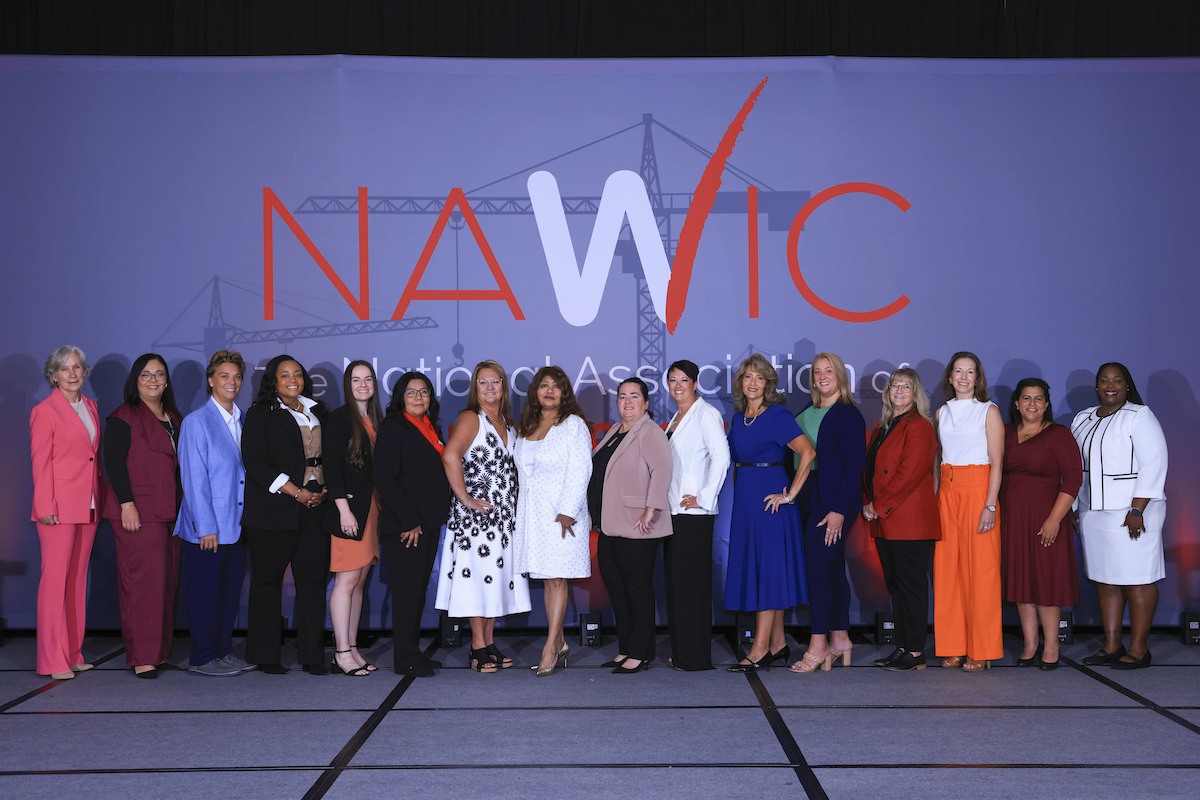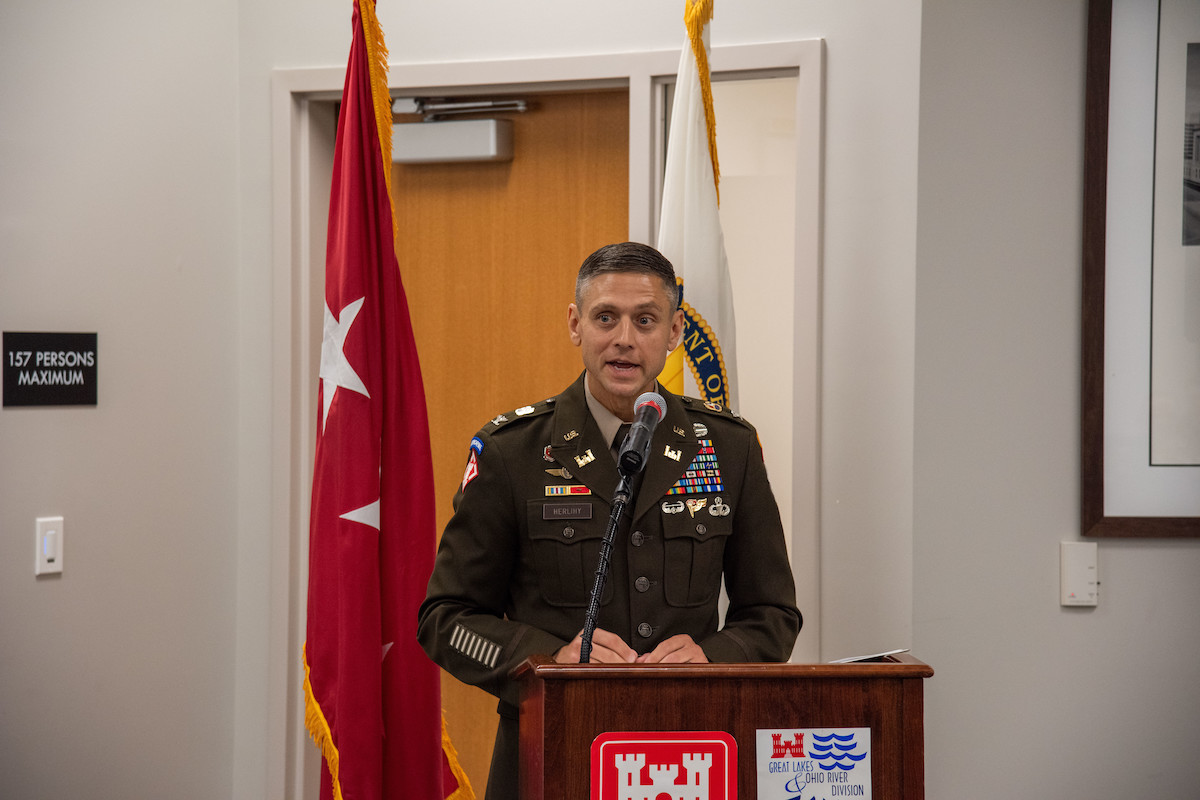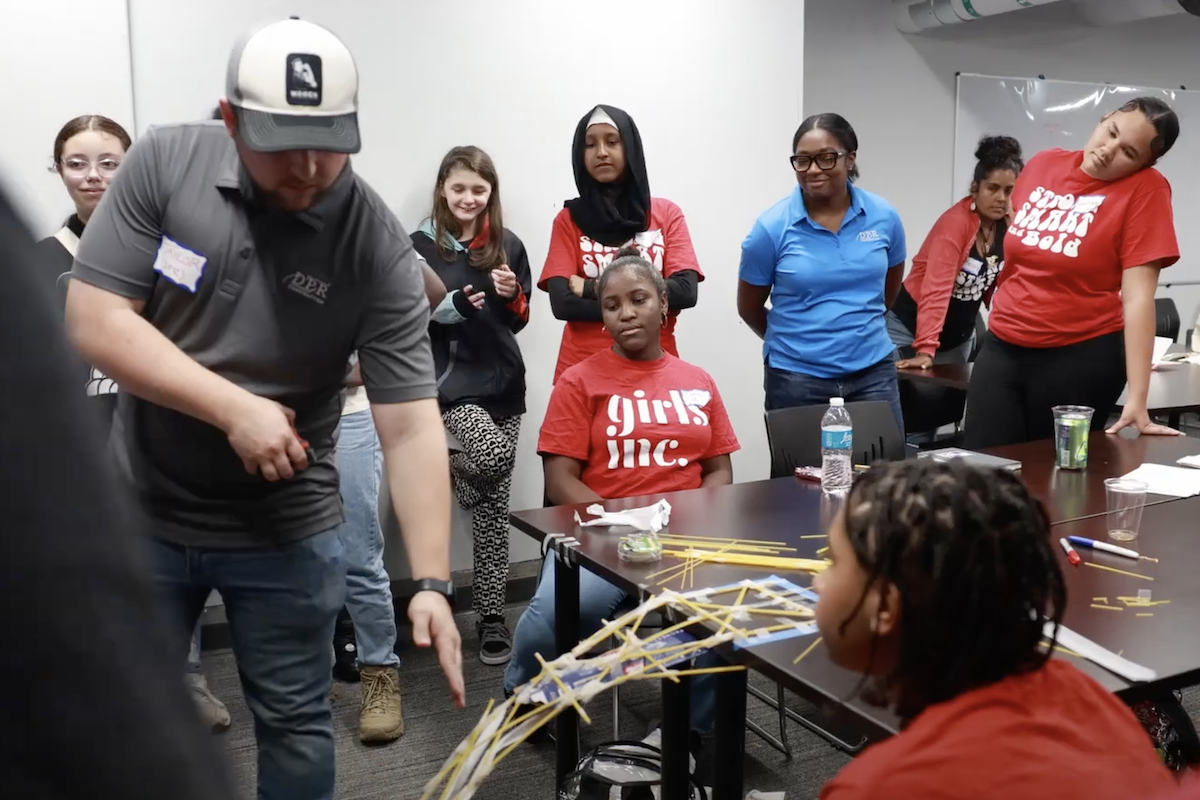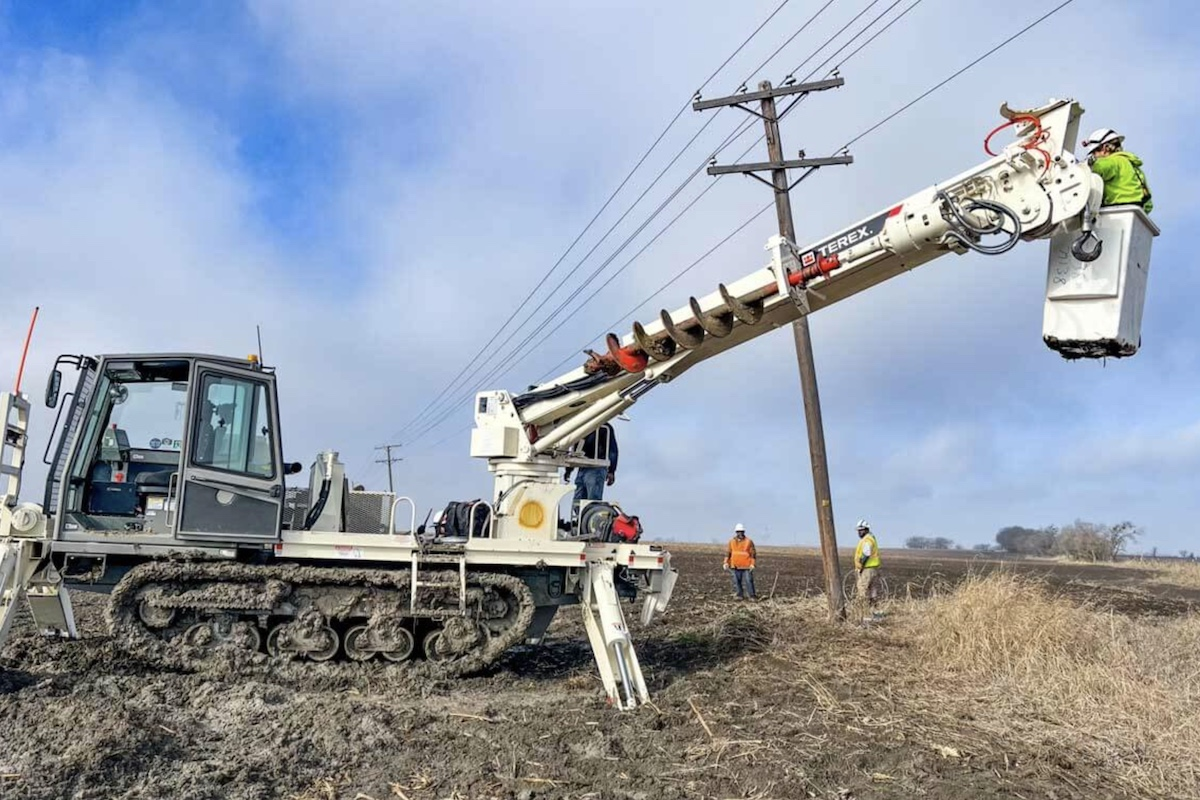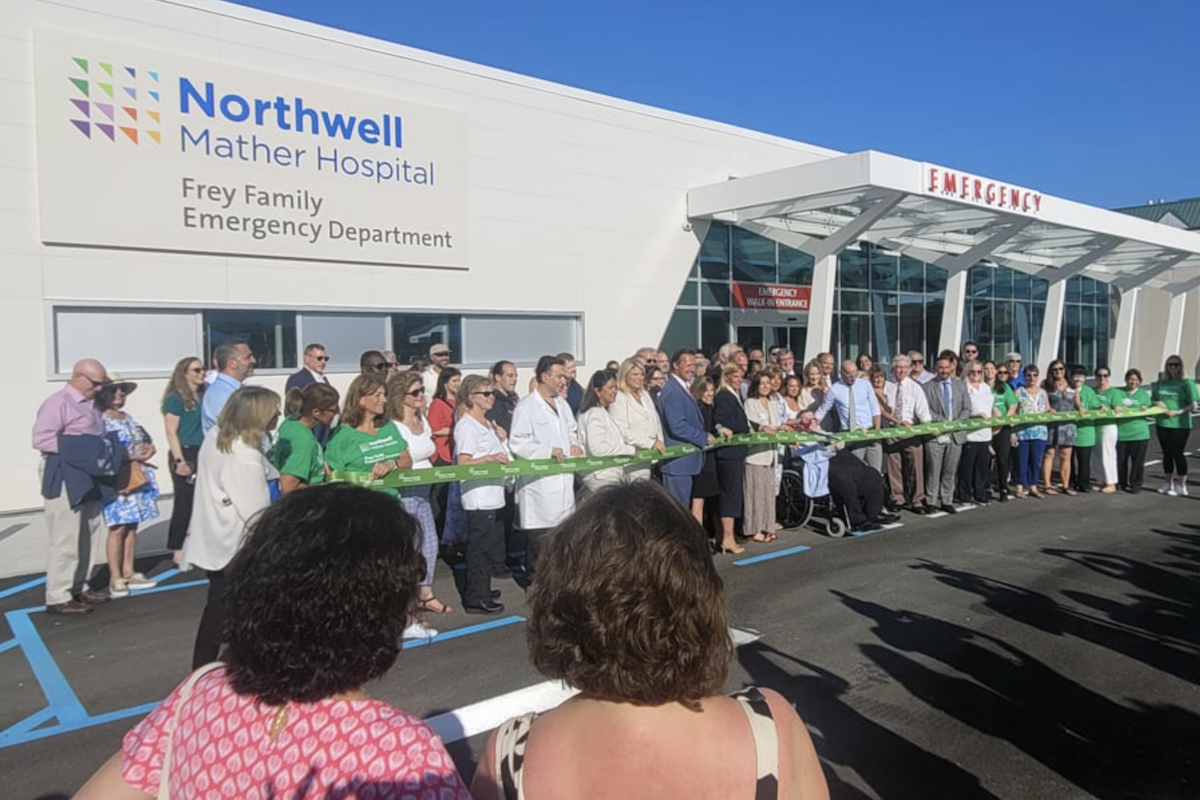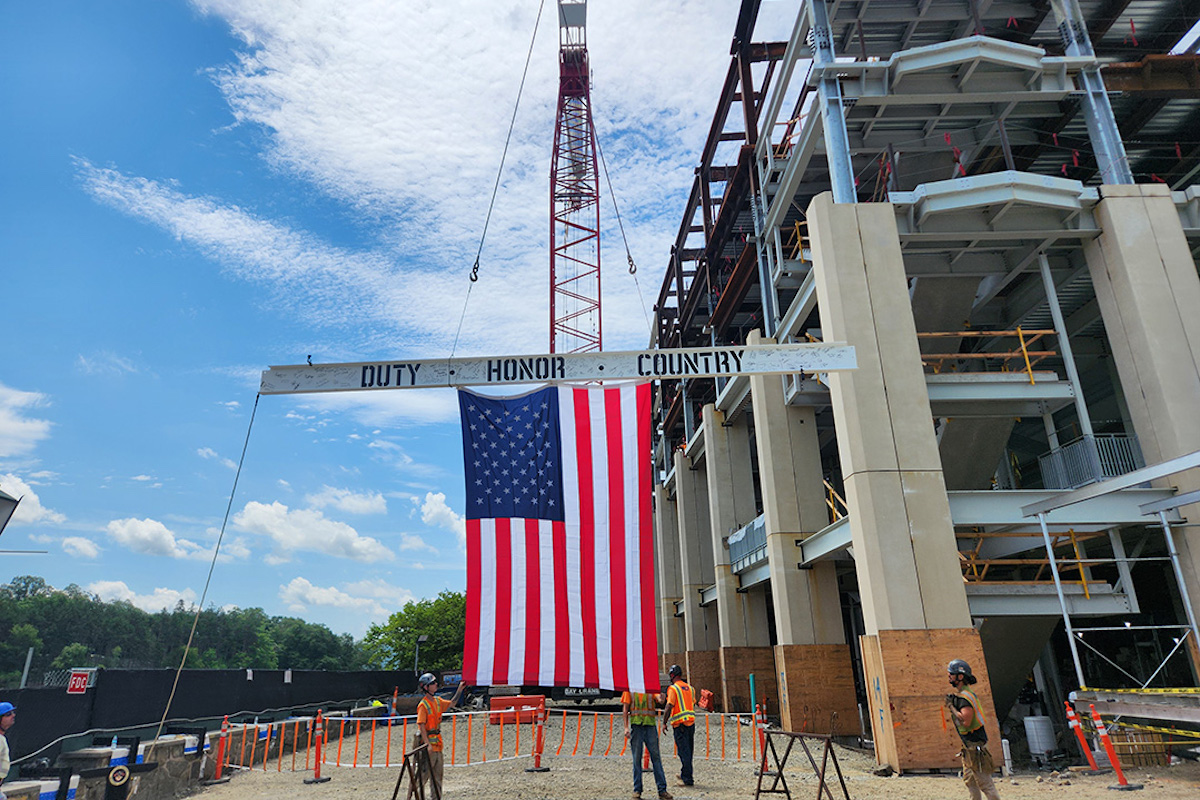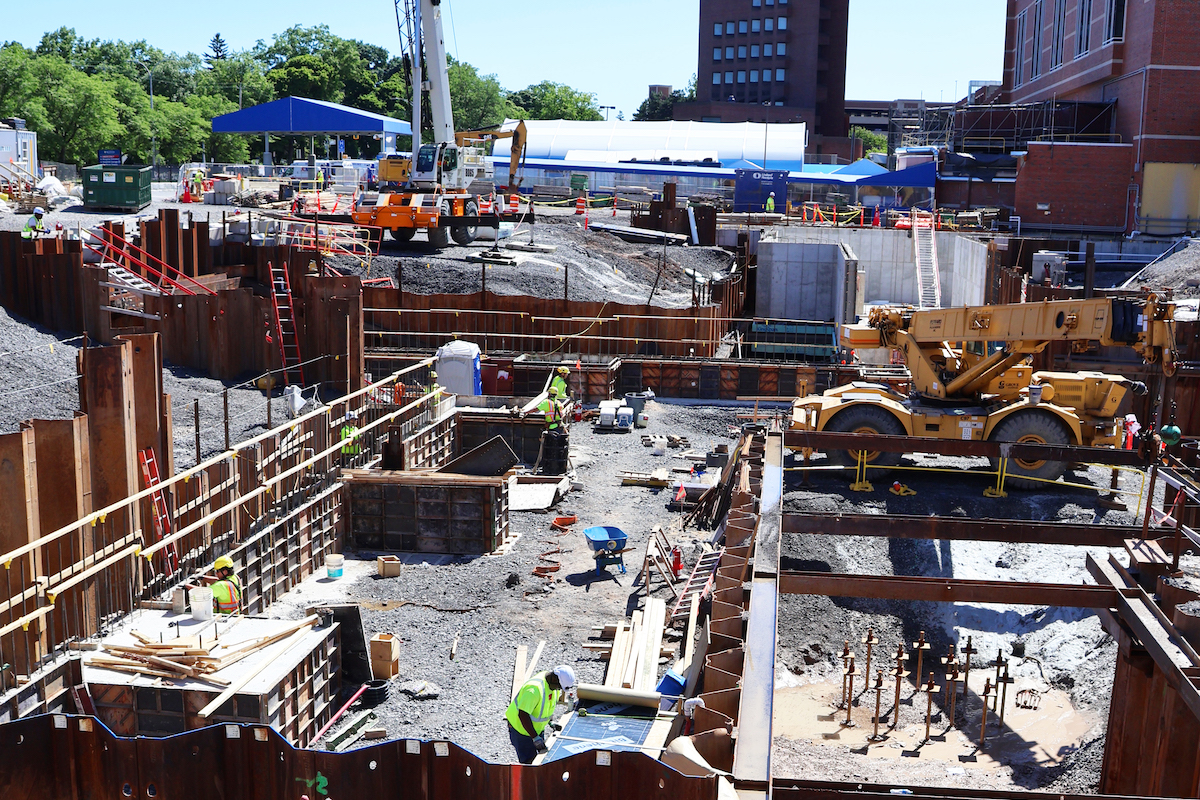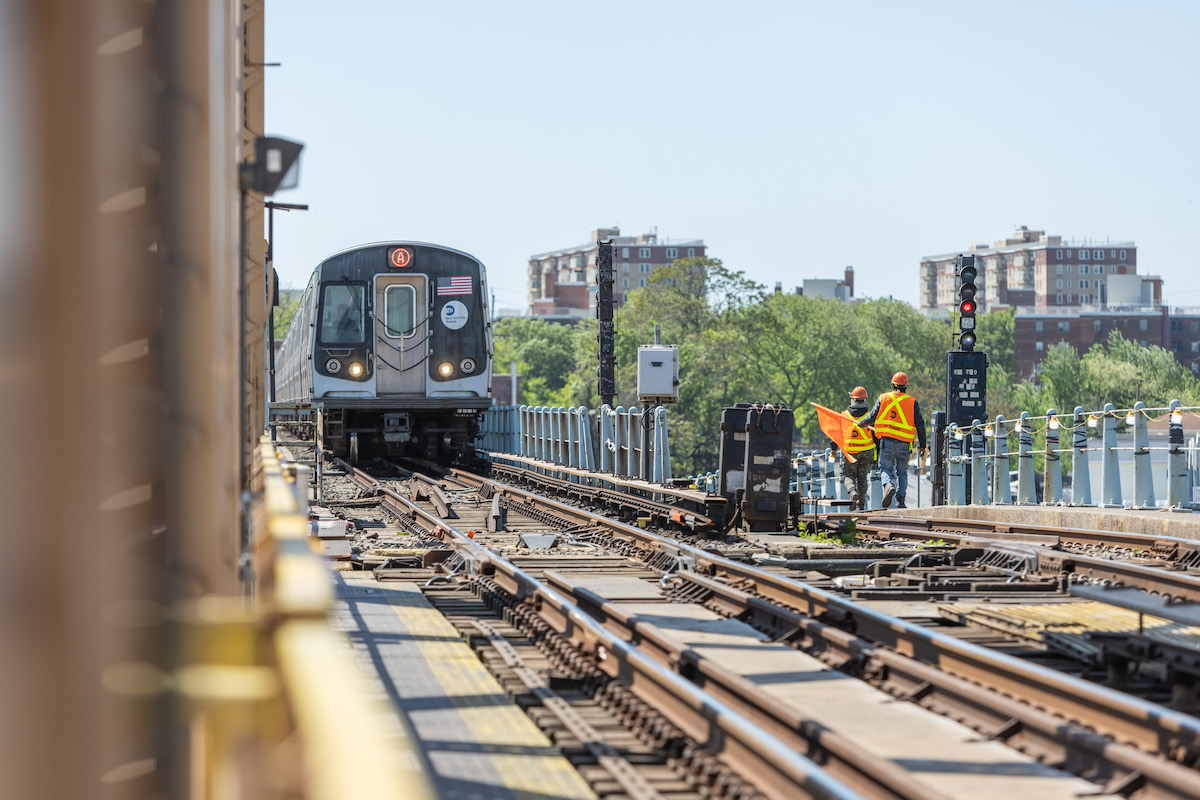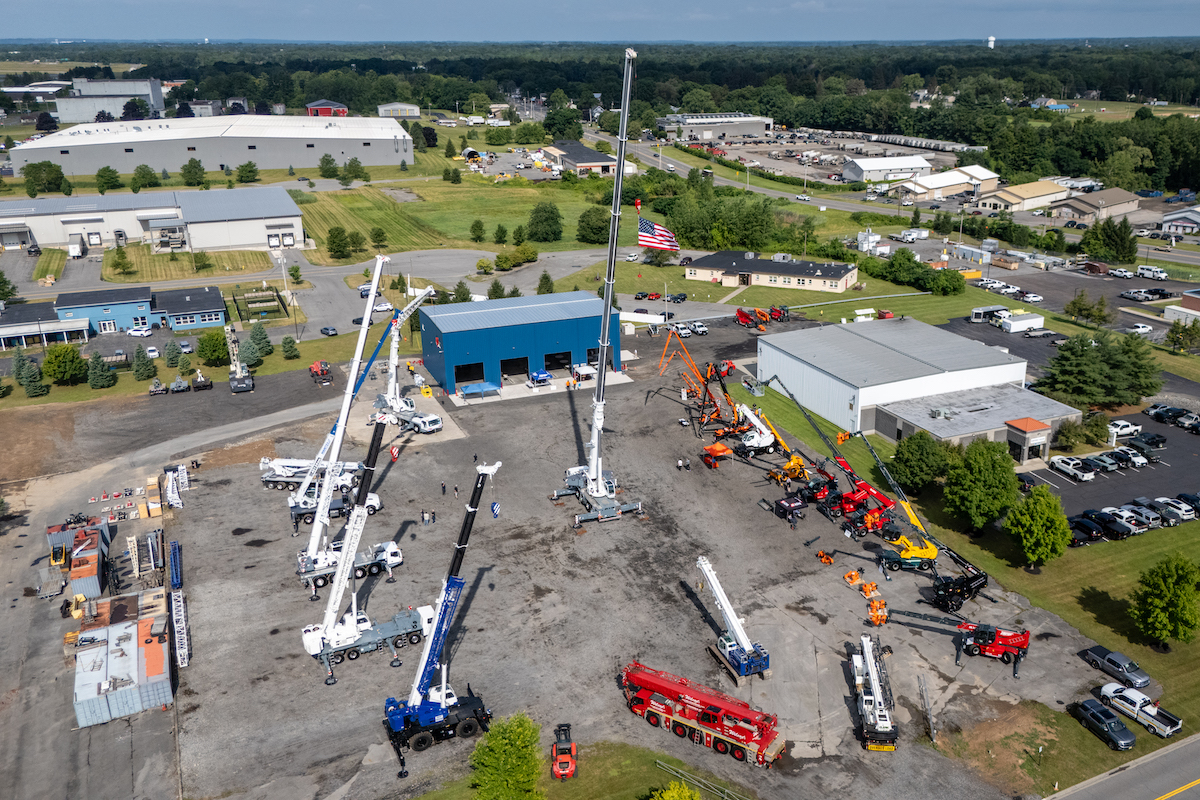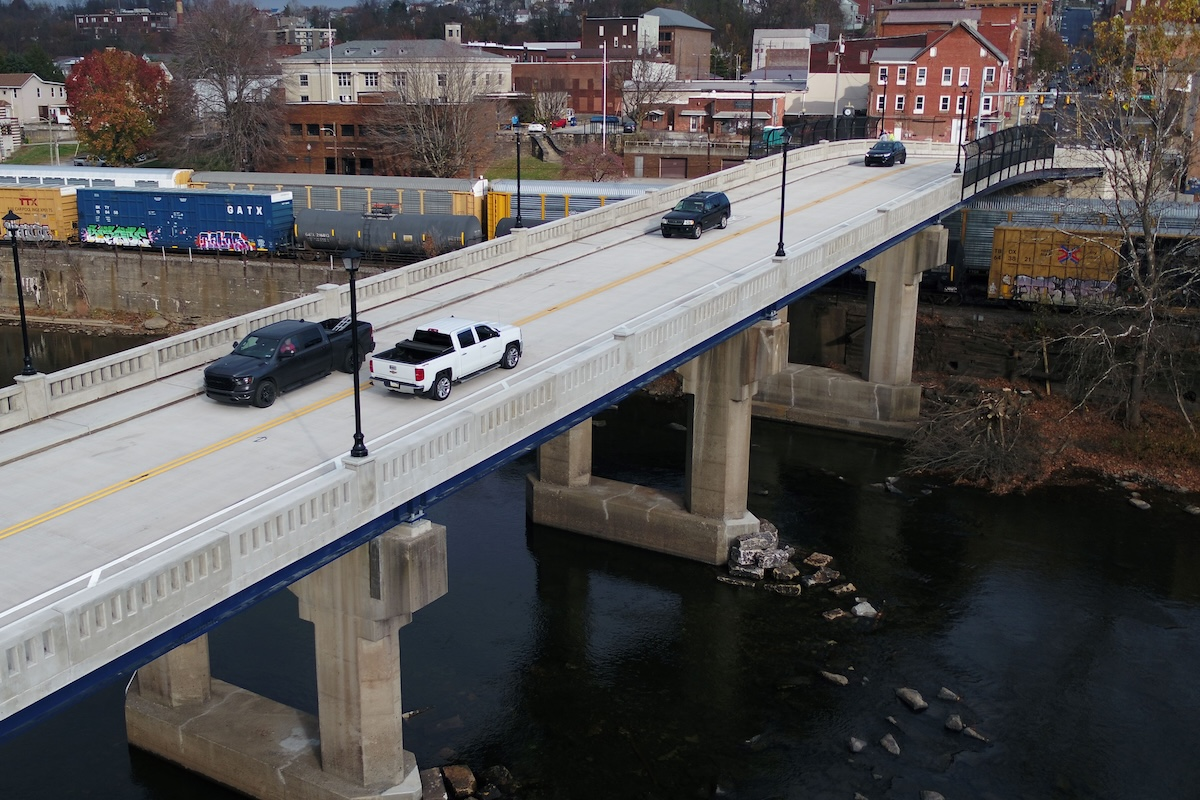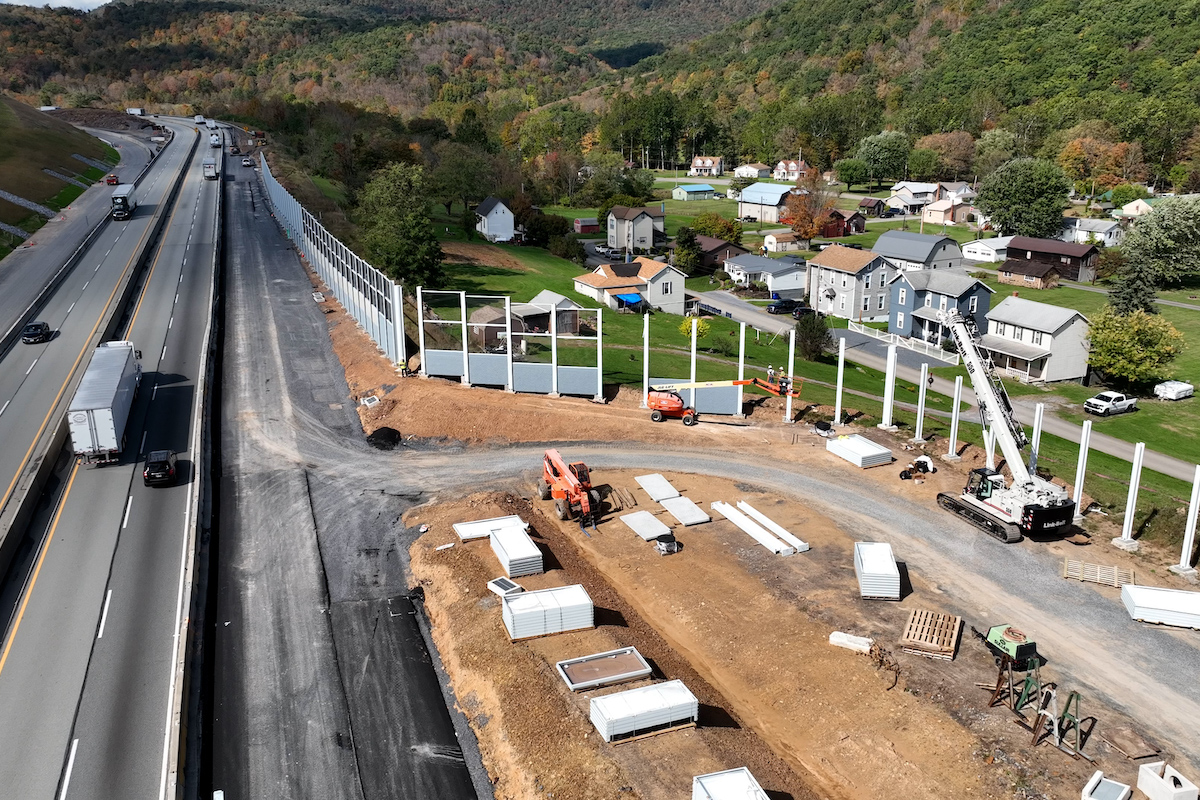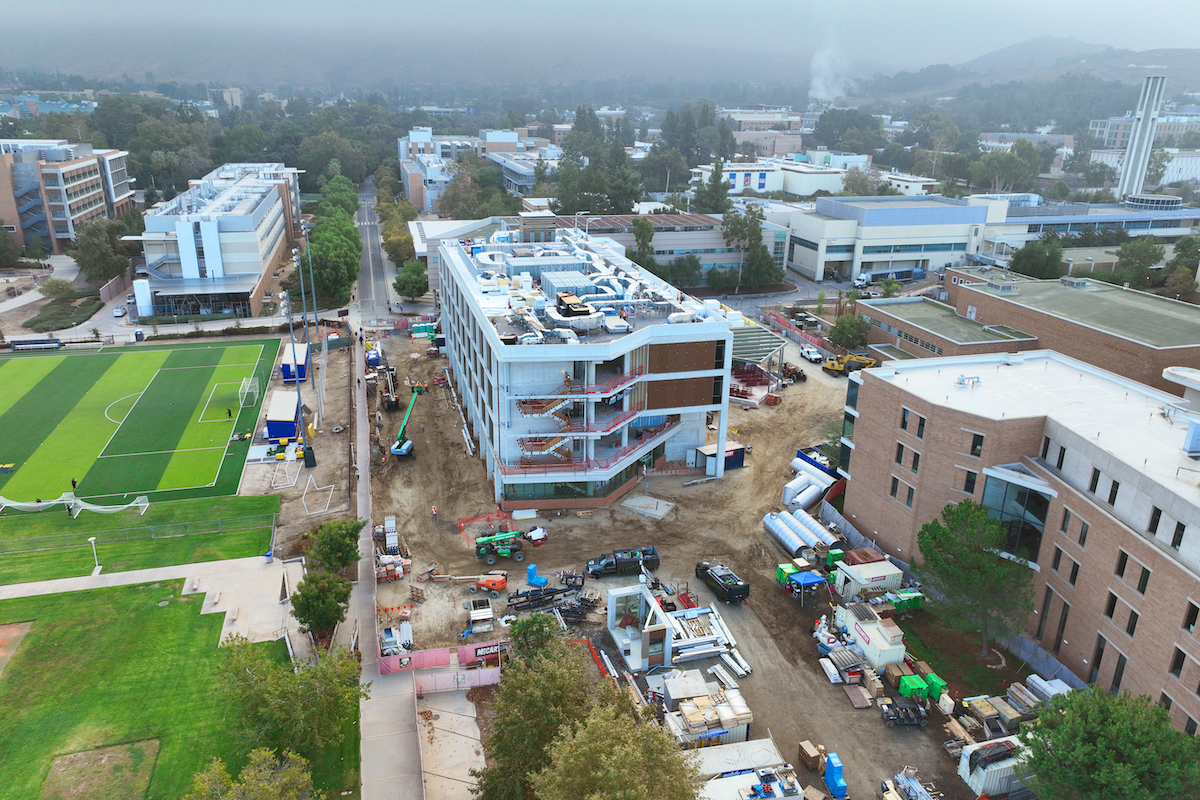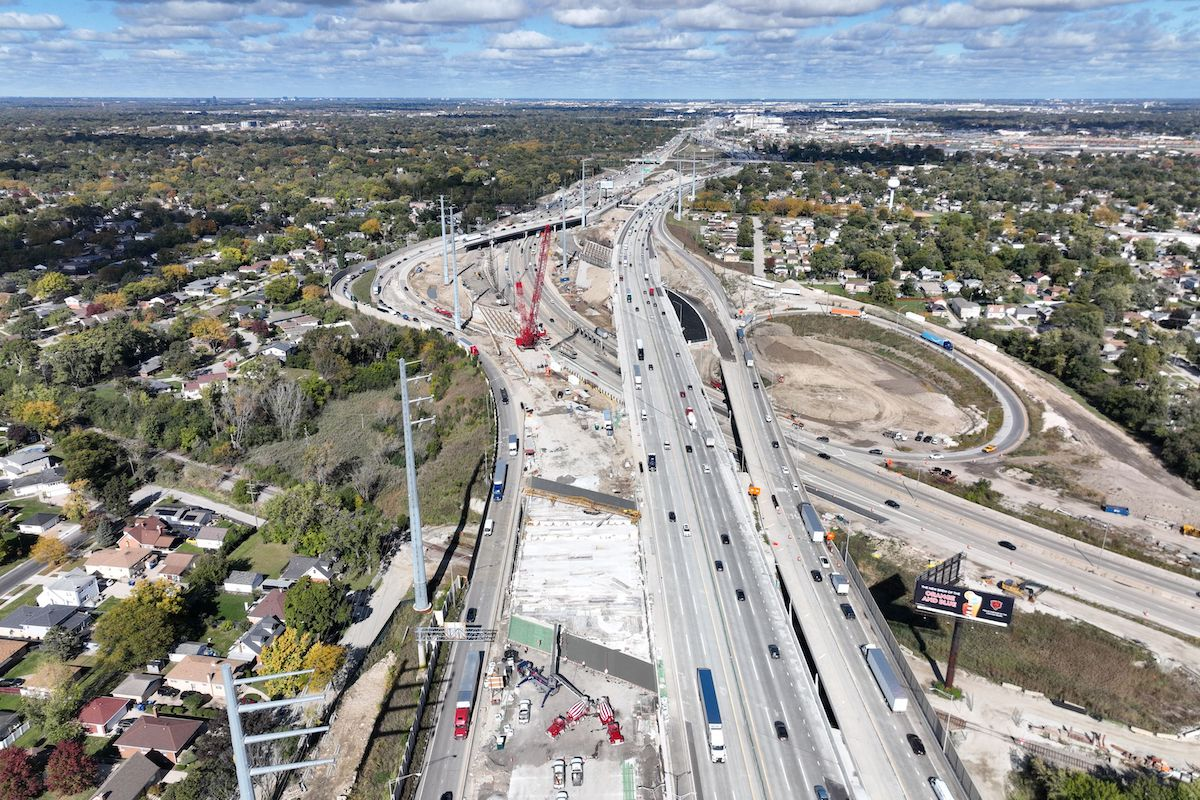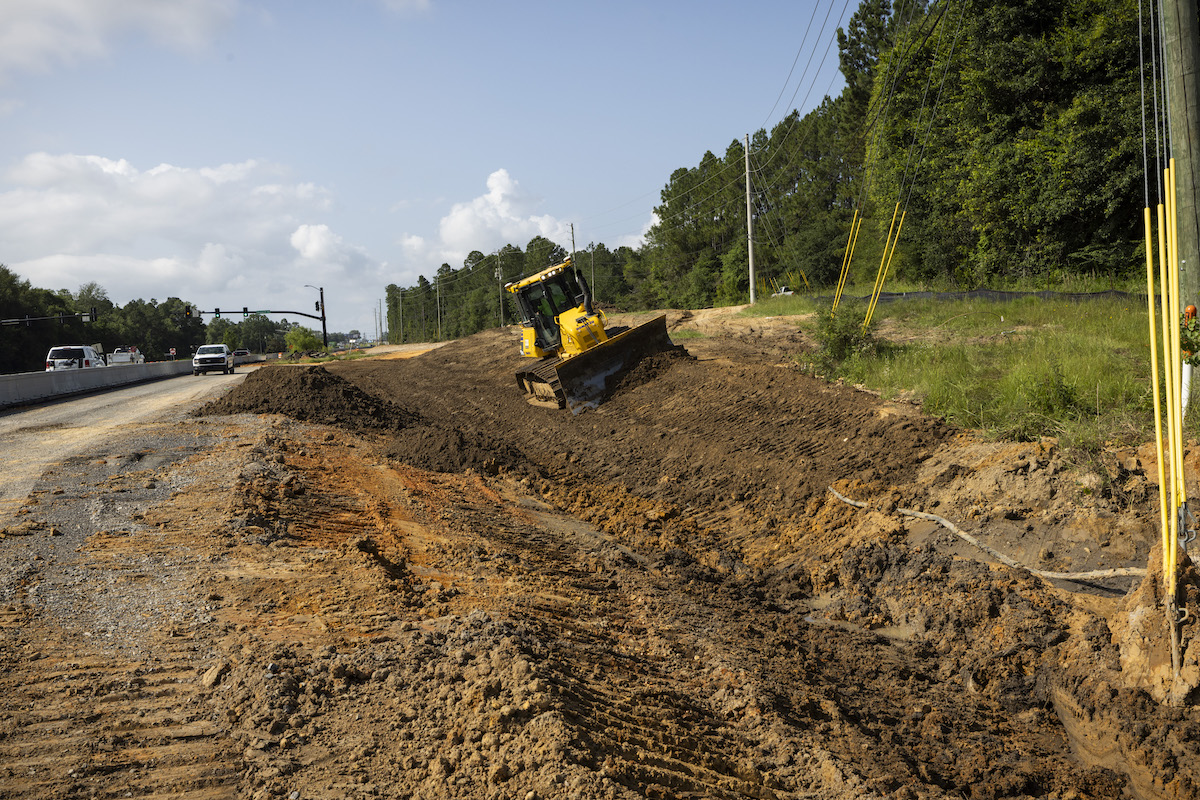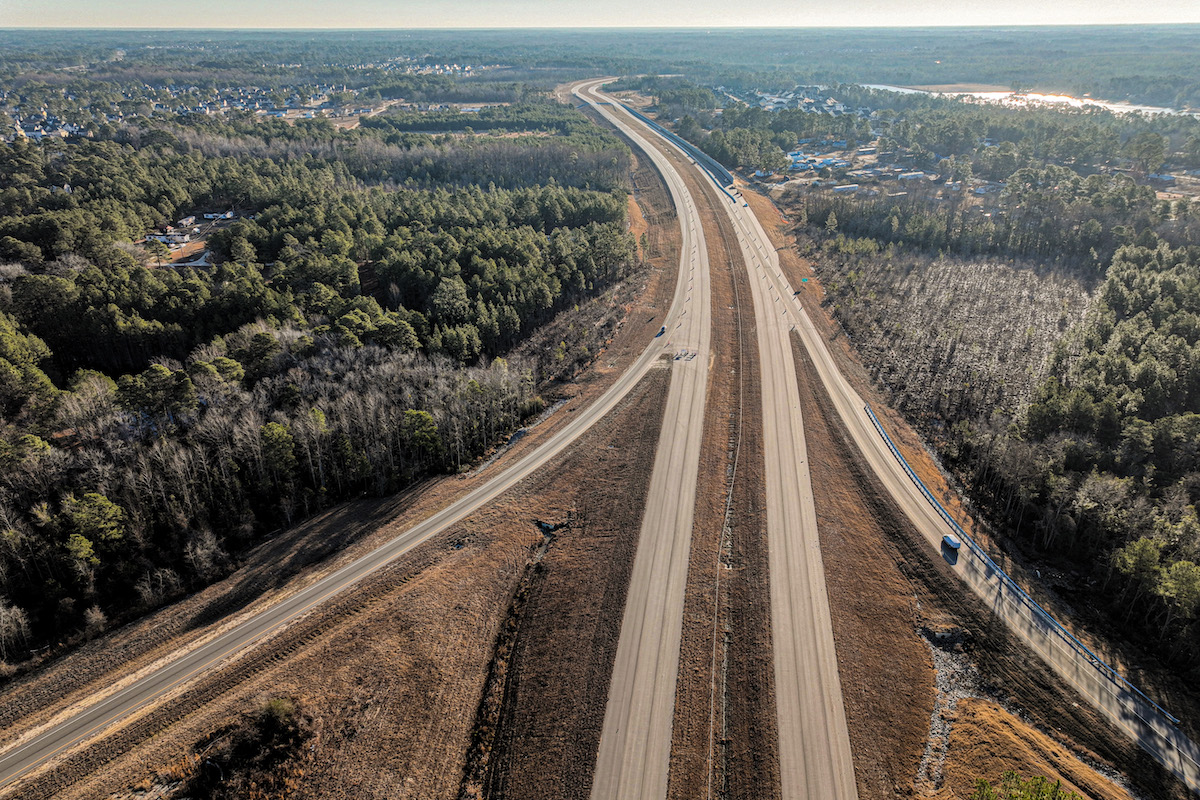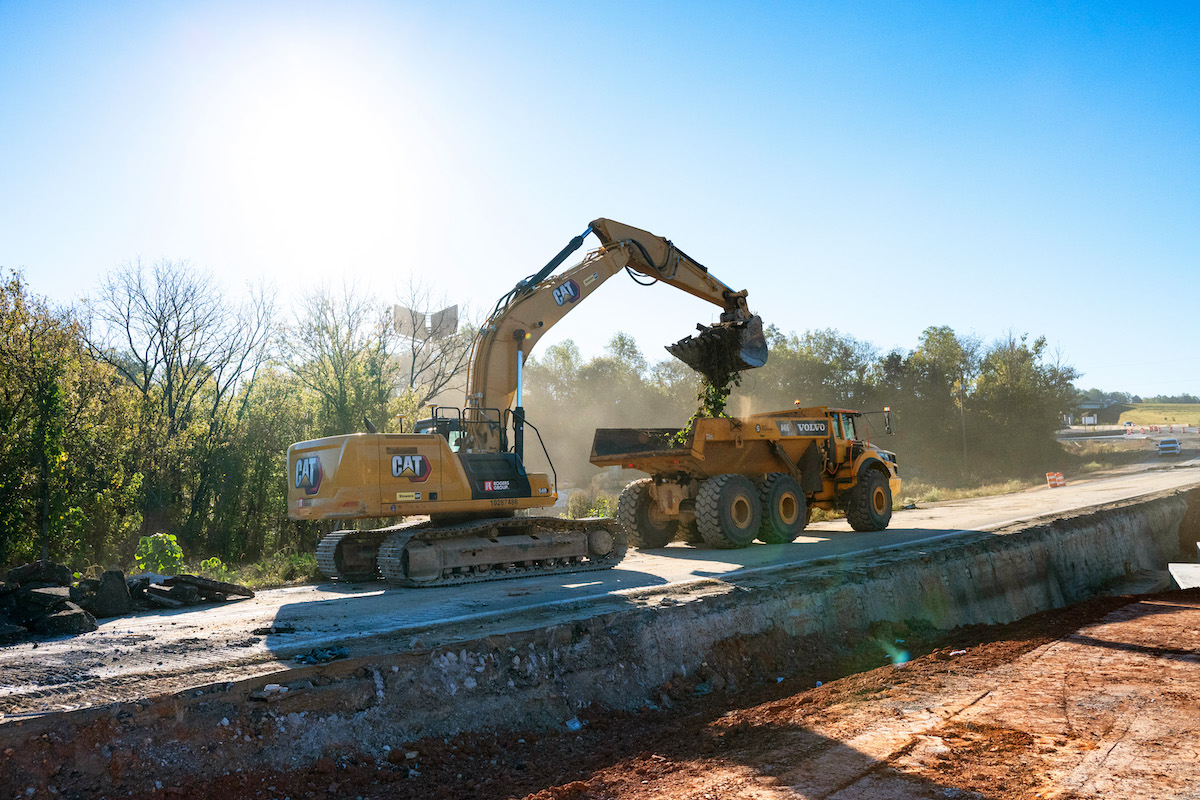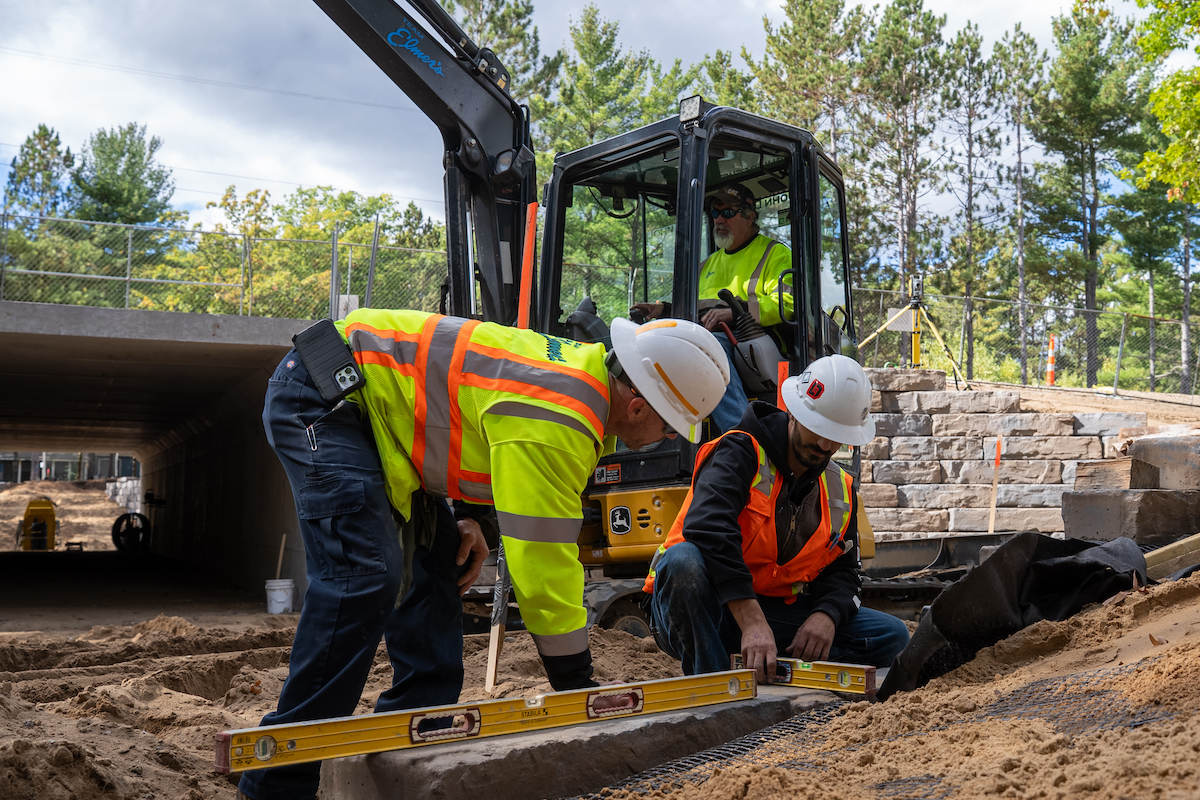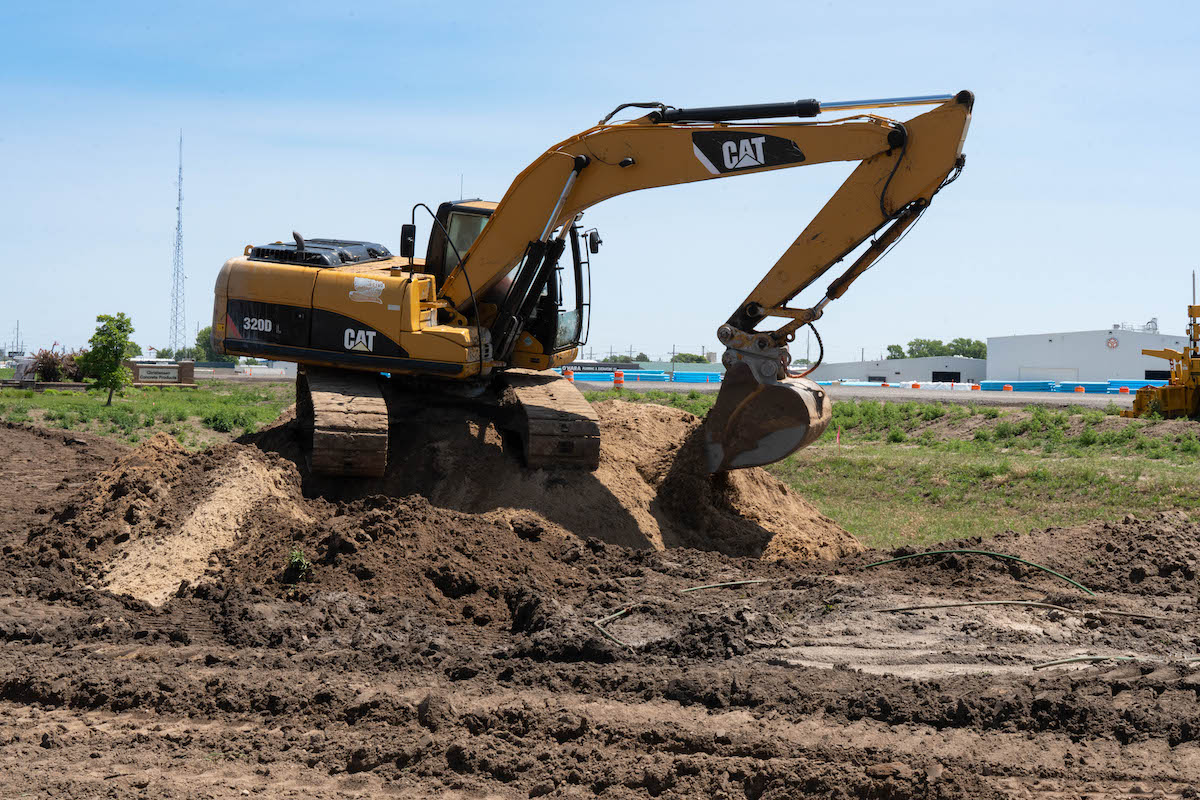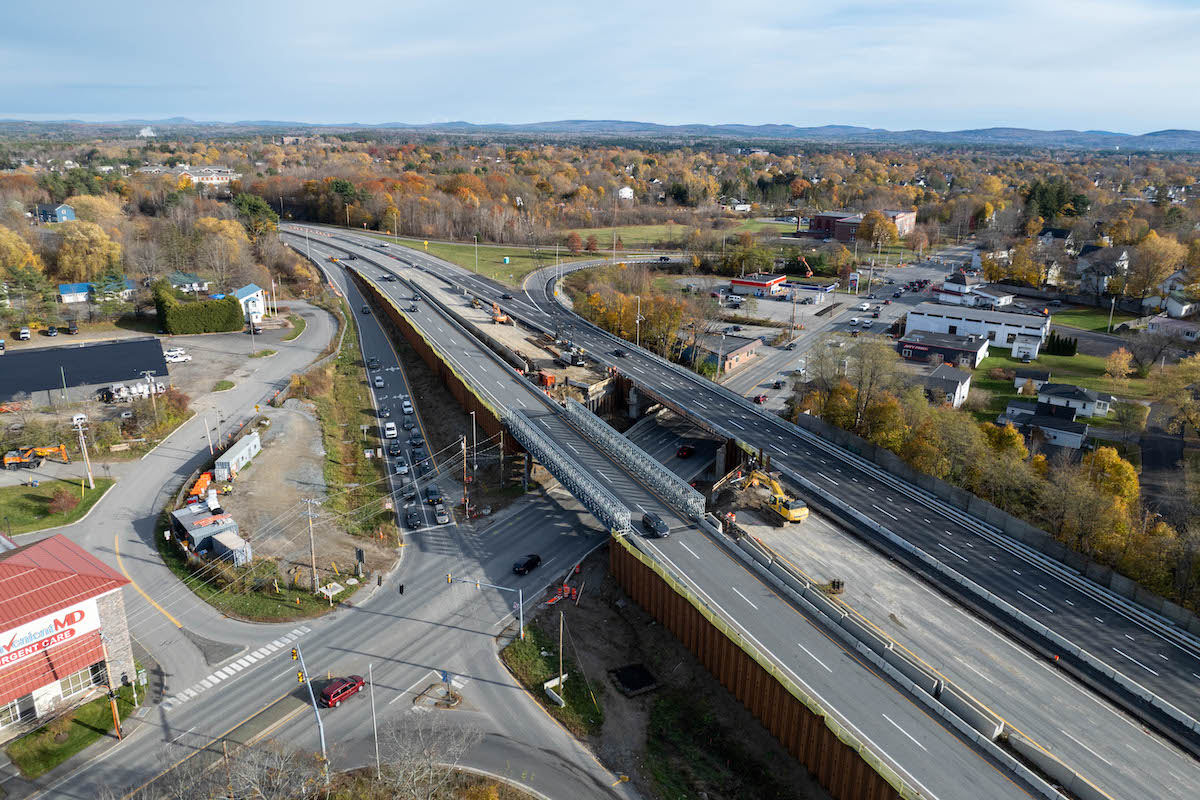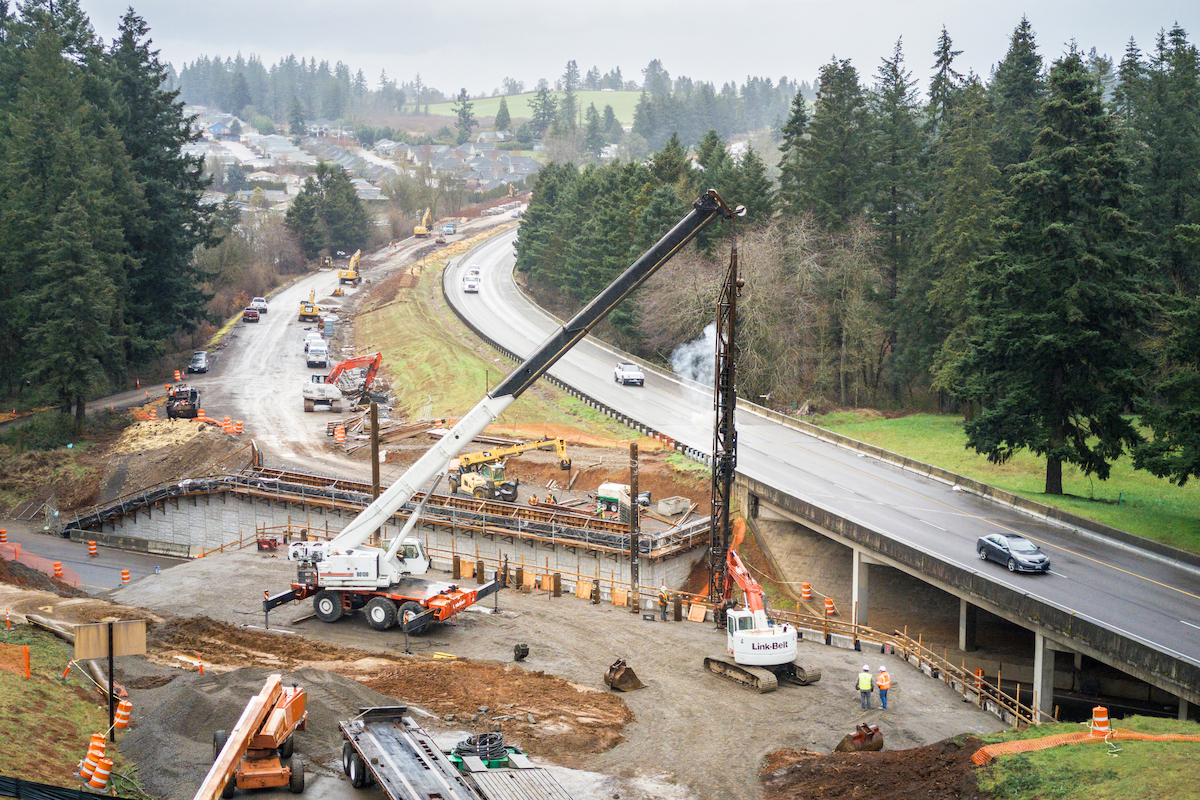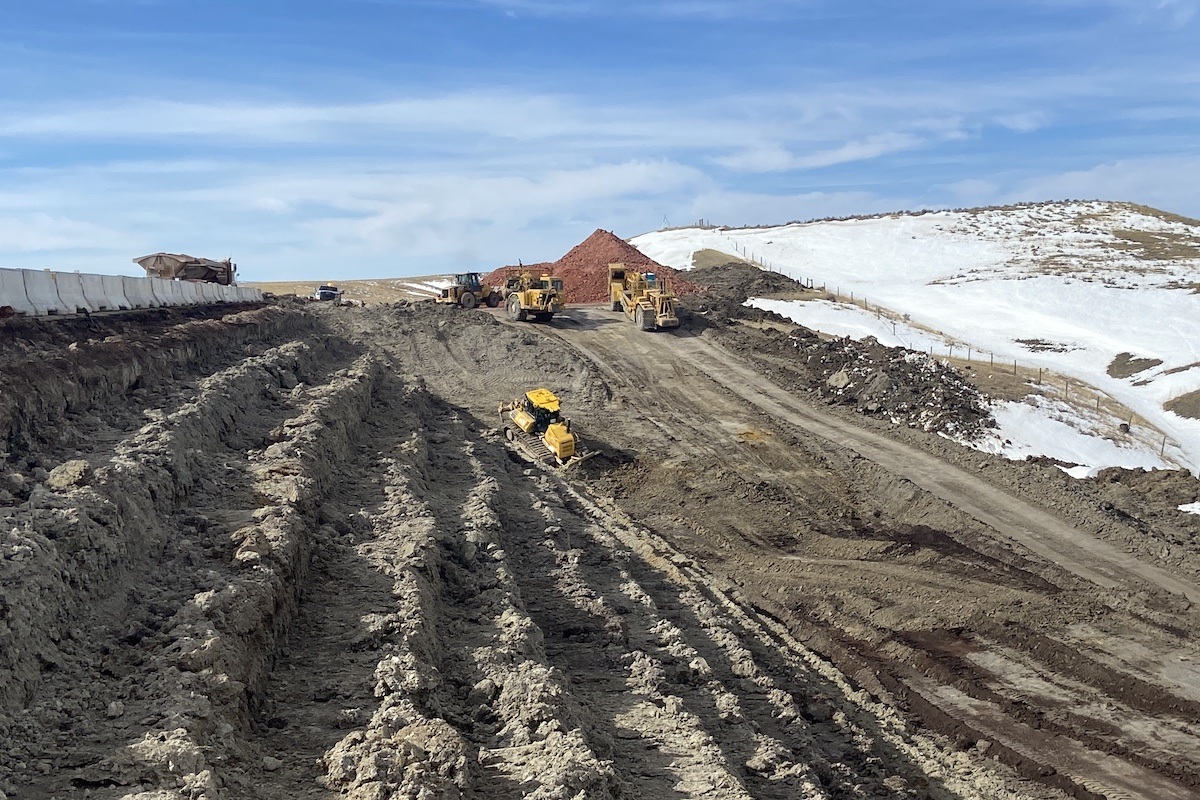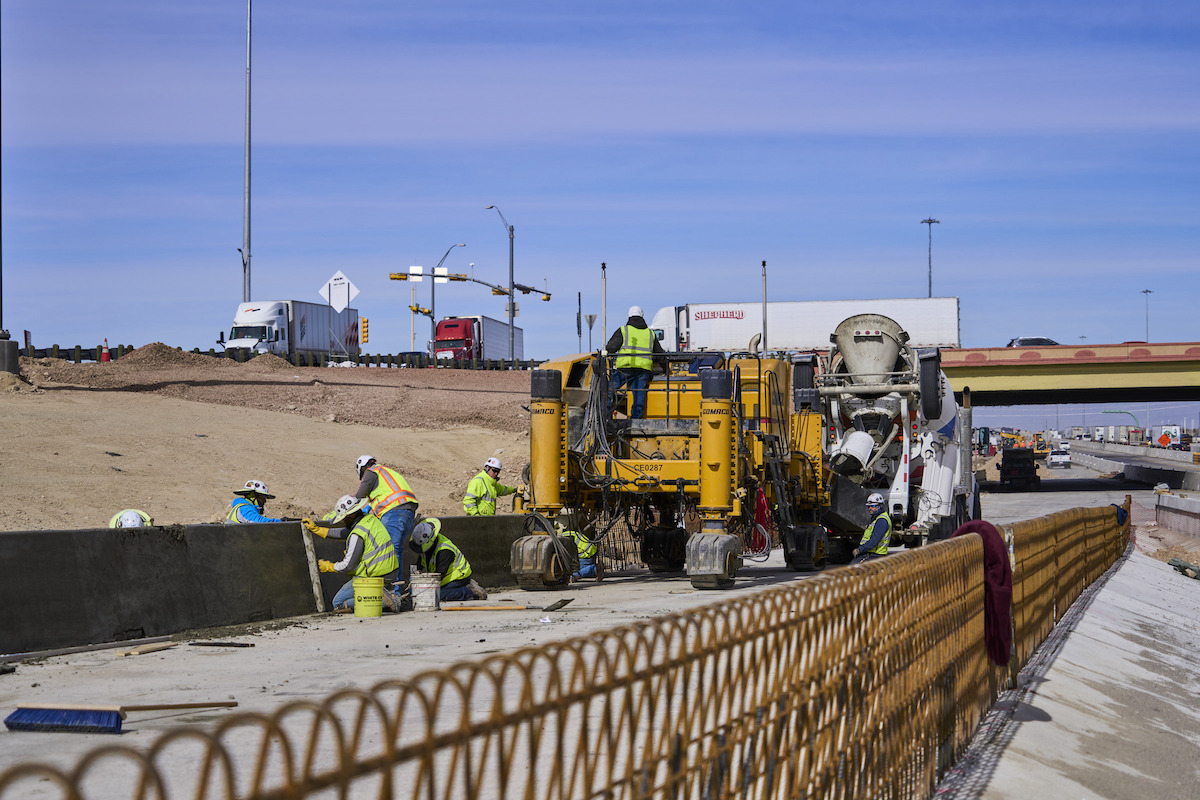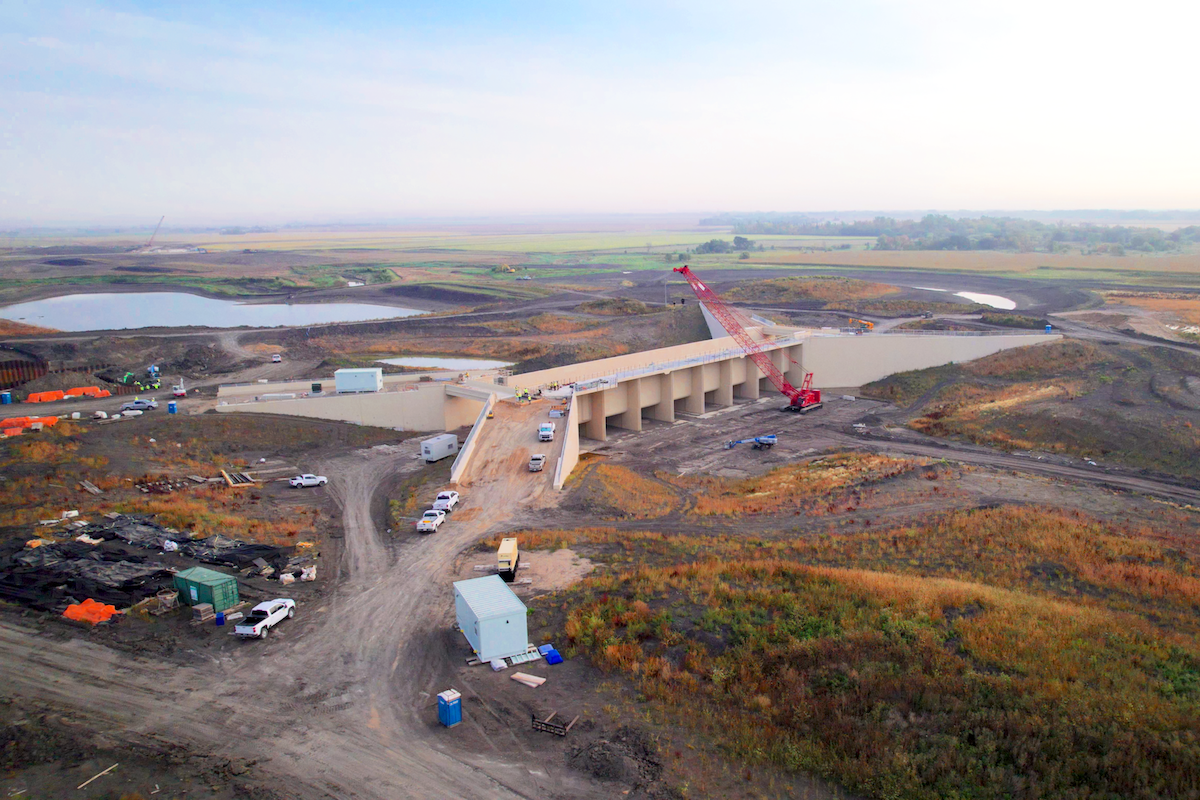The more than 120-year-old Point-No-Point Bridge, a camelback Howe truss swing span bridge that spans the Passaic River, carries Conrail Shared Assets Operations’ Passaic and Harsimus Line between Kearny and Newark, New Jersey. After more than 120 years, it was determined the bridge had reached the end of its lifespan.
In mid-2022, work began to replace the existing structure with a complex bascule bridge that includes a 162-foot-long span and a 3.7-million-pound counterweight system. Modjeski and Masters, a transportation engineering firm based in Mechanicsburg, Pennsylvania, is leading construction management for the $185 million replacement, providing contract administration, project management and oversight, quality assurance inspections, and more.
The design-bid-build project is financed privately with grants and other public funding. General contractor George Harms Construction Company, Inc. (GHCCI), a heavy civil contractor based in Farmingdale, New Jersey, was awarded the construction of the project and is self-performing much of the work, which includes constructing a new seven-span steel bridge that incorporates a single leaf bascule span.
The seven spans, which range from 77 feet to 162 feet, sit on six reinforced concrete piers supported by 26 steel-cased drilled shafts that are 9 feet in diameter. The drilled shafts are 50 feet to 70 feet long and drilled using a barge-mounted Bauer BG 55 Rotary Drilling Rig with custom drilling buckets.
Piers two and three sit in the deepest part of the Passaic River, at around 30 feet, requiring extra engineering. Instead of leveraging the traditional sheeted cofferdam technique, the team opted for a floating cofferdam system that includes precast concrete soffit slab-type construction with steel formwork lowered to sink the concrete formwork into the river, according to GHCCI Senior Project Engineer Dan Post.

| Your local Trimble Construction Division dealer |
|---|
| SITECH Allegheny |
| SITECH Northeast |
“We basically built a floor using precast concrete slabs around the drilled shafts and then poured concrete to lock them together and create a continuous floor. The steel formwork on top acted as walls and created a cofferdam structure. All of this was done above the water line,” Post said. “After we completed slabs and formwork, we lowered them in the river to the required elevation using a complex system of hydraulic jacks.”
Once the piers were in place, span installation began using GHCCI’s fleet of cranes, including a Manitowoc 777, 999, MLC 300, and MLC300 VPC-MAX.
Four of the seven spans are typical railroad through girder bridge arrangements, with the girders being approximately 10 to 14 feet tall. Two spans are in the more-traditional structural steel girder style, and one is the 162-foot single-leaf bascule that serves as the movable point to allow marine vessels to pass underneath.
The bascule span is the most challenging and complex to construct. In general, the bascule span consists of two main girders, counterweights, and towers. Each main girder is spliced from the toe girder and floor system forward of the trunnion, as well as the heel girder supporting the counterweight rear of the trunnion, Post said.

| Your local Trimble Construction Division dealer |
|---|
| SITECH Allegheny |
| SITECH Northeast |
“To install the girders, the 350,000-pound heel girders were erected first, followed by a floor beam to connect them, which sets up the positioning and geometry of the bridge,” Post said. “Each has a toe girder to create the structure of the bridge. Floor beams and the framing system of the bridge were designed with milled-to-bear connections.”
Milled-to-bear connections add an extra layer of precision. For typical installations, two toe girders are installed, and then the floor beam is placed in between them, leveraging a small gap. Milled-to-bear connections mean the spacing is precise. The team installed the first toe girder and provided temporary support while installing the floor beams. Finally, the second toe girder is placed to “sandwich” the floor beams, leaving no extra space, according to Post.
To construct the movable main span, the team erected trunnion towers and a tower span. Then they installed the heel girder, toe girder, and floor system. Finally, the span and machinery will be aligned, which is no easy feat.
“It’s not a typical bridge; it’s a machine that moves. With that, we start flirting with structural versus machinery-type tolerances,” Post said. “We typically see tolerances within 1/16, 1/8, and 1/4 inch. On this, we’re seeing 1/1,000 of an inch. For comparison, 1/16 of an inch is 62.5 thousandths — and we’re looking for 5 thousandths of an inch on this project.”

| Your local Trimble Construction Division dealer |
|---|
| SITECH Allegheny |
| SITECH Northeast |
Each heel section will include lead balance blocks and plates to achieve balance. Once complete, twin drive machinery assemblies located in a steel-framed machinery house will operate the movable bridge.
All spans were manufactured out of state, in Pennsylvania and Florida, and transported via truck and barge to the site. Span 3, the single-leaf bascule, was manufactured in Russellville, Alabama, by G&G Steel, one of the only fabricators capable of manufacturing such a complex and technical structure. That span was shipped to the site via barge, traveling through the Tombigbee Waterway to the Port of Mobile in Alabama, around Florida, and then north in the Atlantic Ocean to the Passaic River in New Jersey.
Much of the span installation was completed using manlifts on barges in the river, which added a level of complexity. The team coordinated with the U.S. Coast Guard to close the channel to boats over a certain height for six months. They worked with Donjon Marine to erect the large heel girders using its “Columbia NY” derrick barge crane.
The sheer size of the bridge components meant typical safety measures were inadequate. The team invested in larger safety equipment and engineered ways to use existing equipment in alternate ways to ensure safety.

| Your local Trimble Construction Division dealer |
|---|
| SITECH Allegheny |
| SITECH Northeast |
“We take a lot of pride in safety; it's ingrained in our company,” Post said. “We want everyone to go home in the same conditions they were in when they arrived.”
Contaminated soil is a frequent problem on job sites in the northern New Jersey region. The Passaic River is home to a number of Superfund sites, including the Point-No-Point Bridge location.
The team was required to meticulously track material extracted from the river, properly removing, storing, and then disposing of it.
“Mitigating soil contamination was difficult and costly,” said Matt Miller, Modjeski and Masters Senior Project Manager. “It complicated a lot of excavation tasks and activities.”

| Your local Trimble Construction Division dealer |
|---|
| SITECH Allegheny |
| SITECH Northeast |
In addition to soil contamination, a geotechnical study found more than 30 inches of settlement would occur on one side of the river due to the soil composition. Before trackwork was placed, the team installed more than 2,500 wick drains, which provide a vertical drainage path for excess pore water pressure to escape, accelerating consolidation and expediting embankment construction.
Pulling off a complex project that involves so many stakeholders — including Port Authority Trans-Hudson, Amtrak, NJ Transit, CSX and Norfolk Southern, AT&T, Williams Companies, Conrail, and Public Service Electric and Gas Co. — requires a commitment to communication, coordination, and planning.
“Communication success was a combination of the planning and experience of our construction contractor, GHCCI,” Miller said. “They deserve a lot of credit for staging and sequencing their work to allow for delivery of materials, positioning of equipment, and coordination with multiple companies and other projects happening adjacent and within project limits.”
The team held regular coordination meetings with project partners virtually and in person. They worked hard to keep all parties informed well before construction occurred.

| Your local Trimble Construction Division dealer |
|---|
| SITECH Allegheny |
| SITECH Northeast |
“We had to figure out how to navigate bringing in 100-foot-long trailers carrying beams on congested roads,” Post said. “We had to put extensive planning into all project components because we wanted to be prepared from day one, so when it's a reality, we’ve already figured out how to execute it. It involves a lot of phone calls, meetings, drawings, sketches, and survey layouts.”
The team also coordinated work planned simultaneously by project partners. During bridge construction, Amtrak replaced high-voltage lines that traversed the project site. PATH also completed work on a flood wall adjacent to the bridge.
“That took another level of coordination among all parties,” Miller said. “It took constant communication and scheduling to ensure labor, equipment, and material are not in the way of the contractor or adjacent activity.”
The team currently is working on installing the bascule span. The project is scheduled to be completed by the end of 2025. In addition to the Point-No-Point Bridge, the project includes replacing a smaller double-track through-plate span with three main girders. The new structure will include a 100-foot span with pile-supported abutments. Once the new bridges are operational, the existing structures will be demolished.

| Your local Trimble Construction Division dealer |
|---|
| SITECH Allegheny |
| SITECH Northeast |
- Concrete: 19,000 cubic yards
- Rebar: 1.5 million pounds
- Steel: 8 million pounds
- Lead: 3.7 million pounds
- Piles: 500
- Owner: Consolidated Rail Corporation, Mt. Laurel, New Jersey
- Construction Manager: Modjeski and Masters, Mechanicsburg, Pennsylvania
- General Contractor: George Harms Construction Company, Inc., Farmingdale, New Jersey
- Designer/Engineer: Jacobs, Dallas, Texas (with a local office in Morristown, New Jersey)

